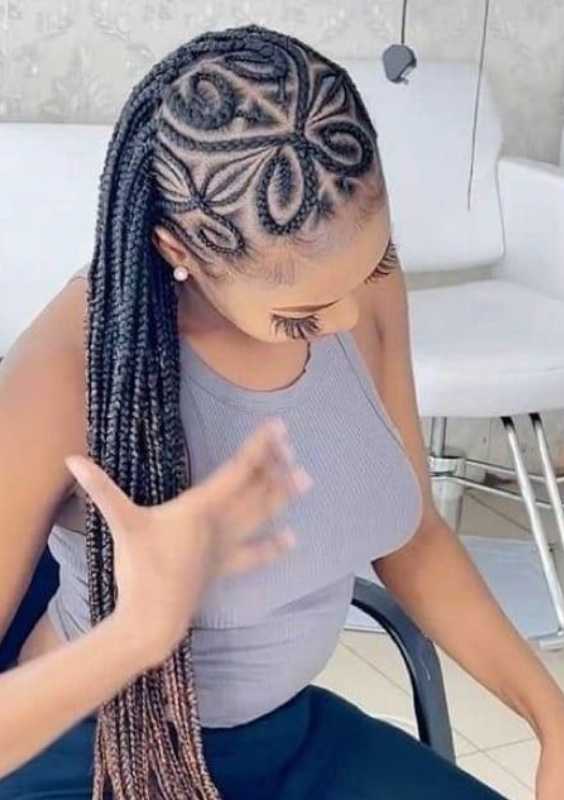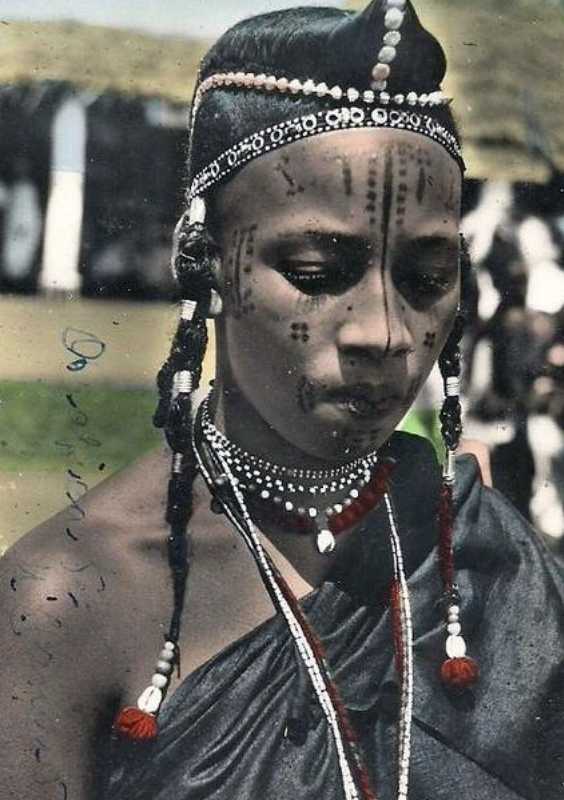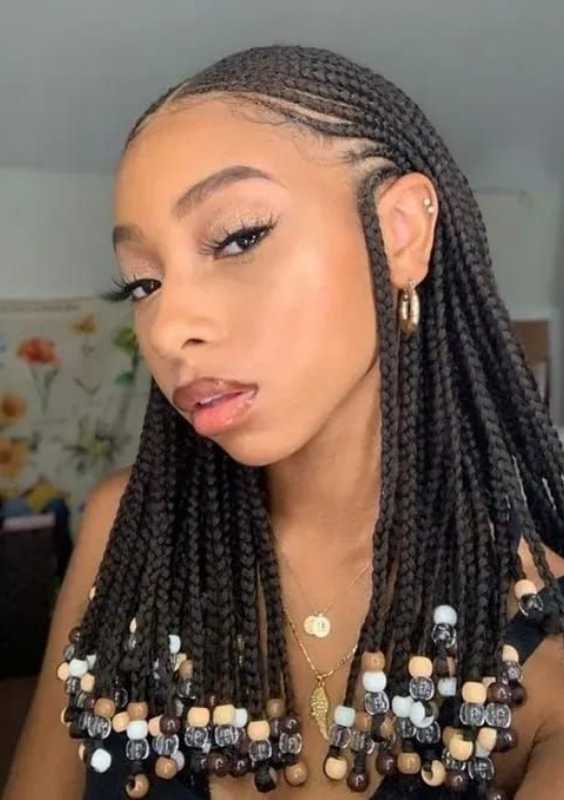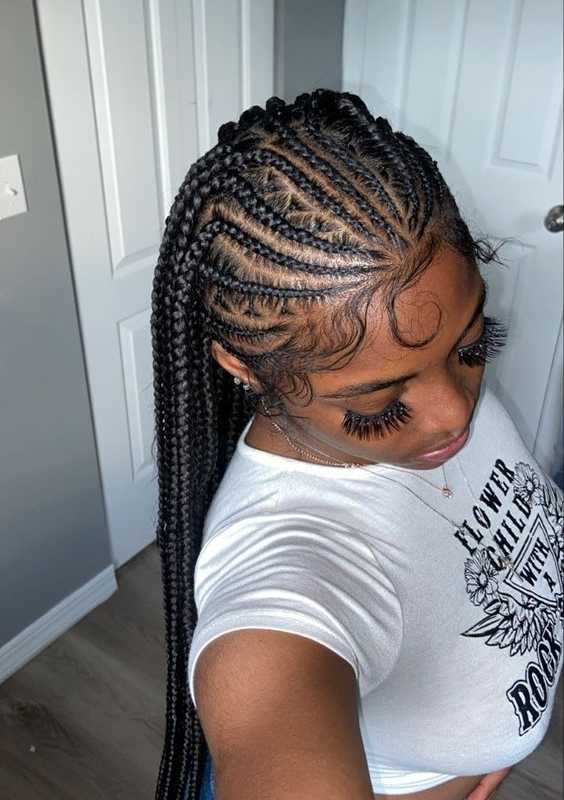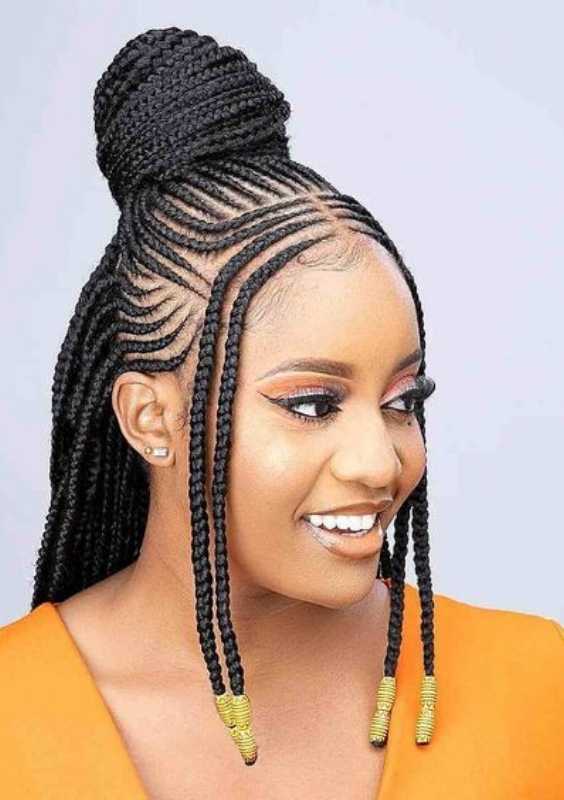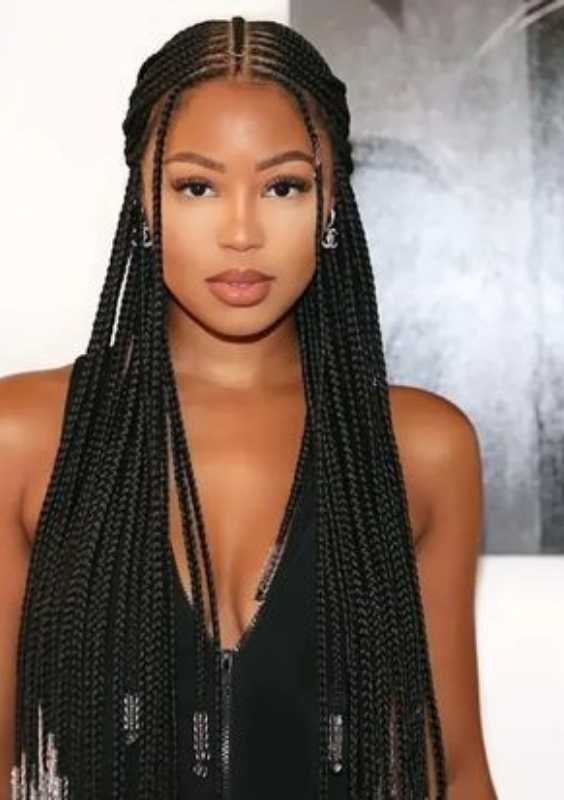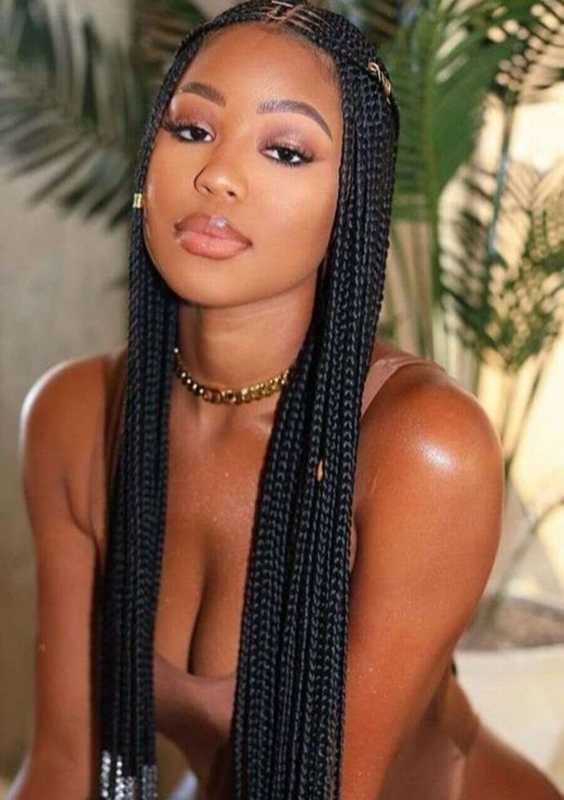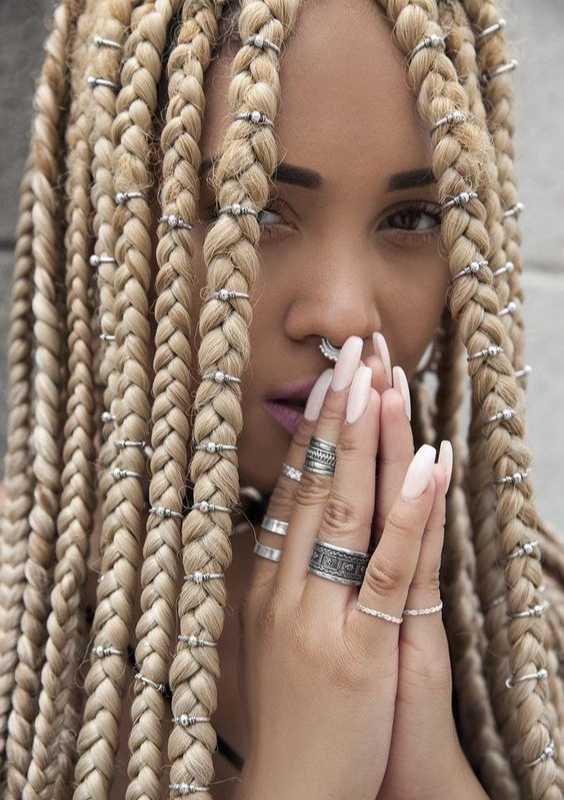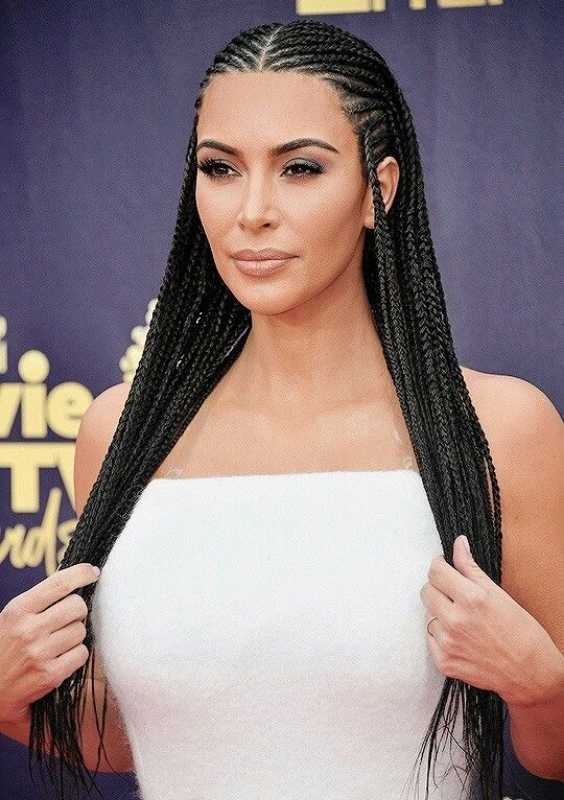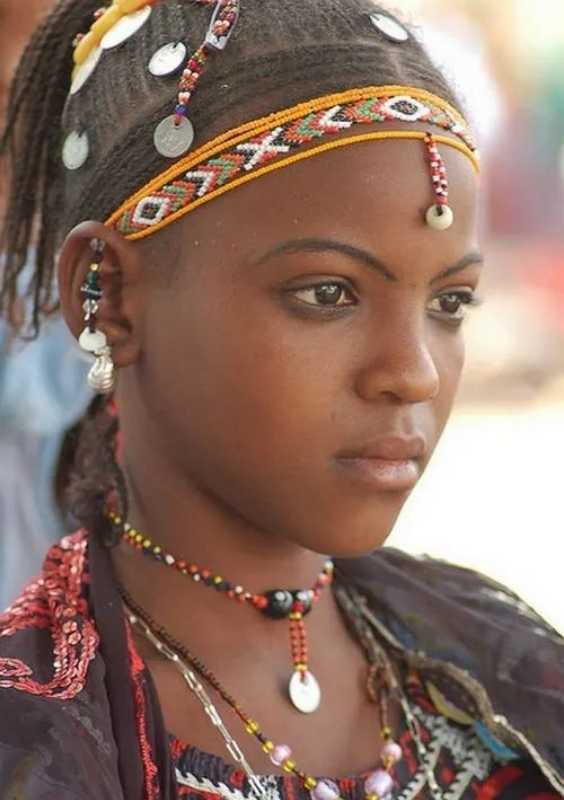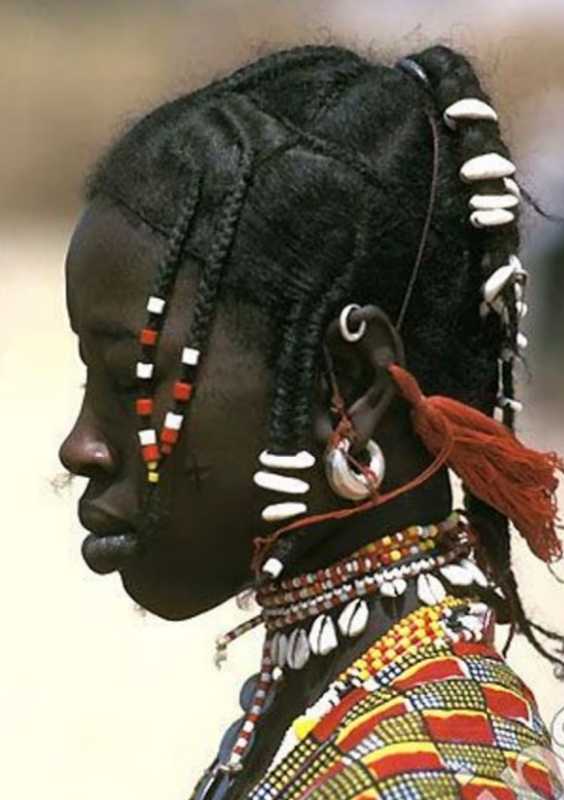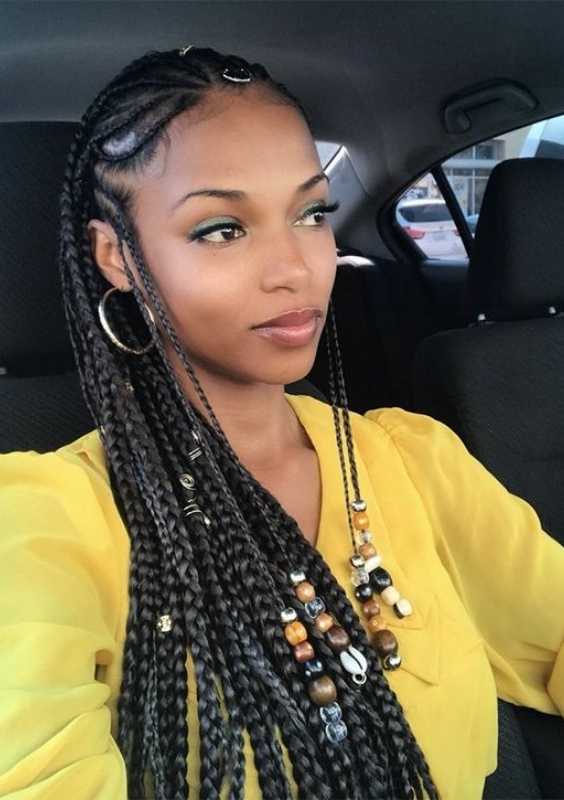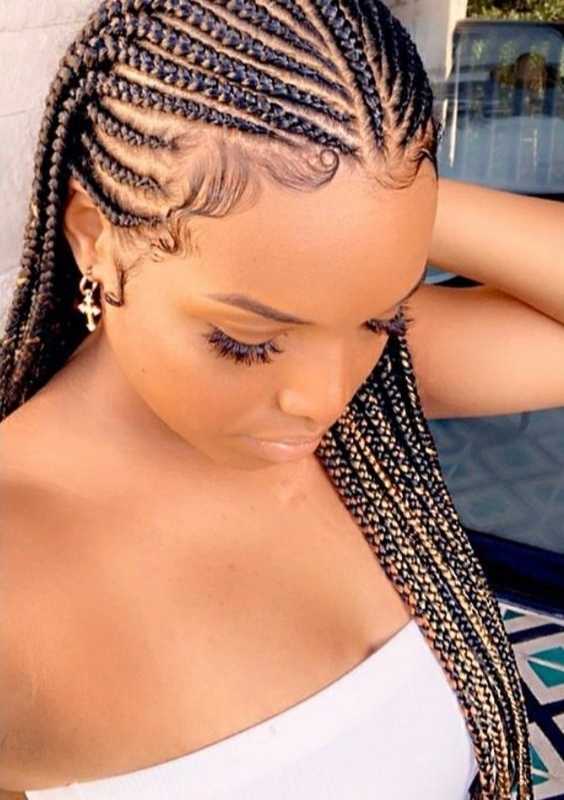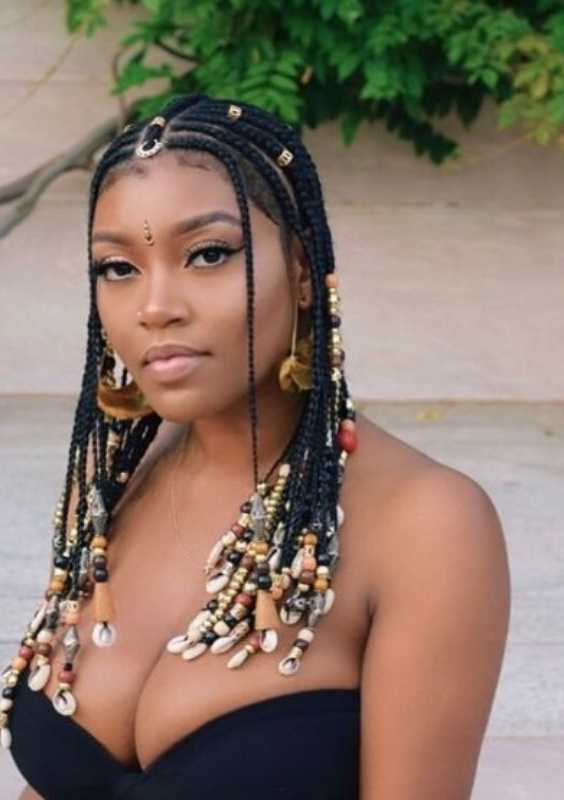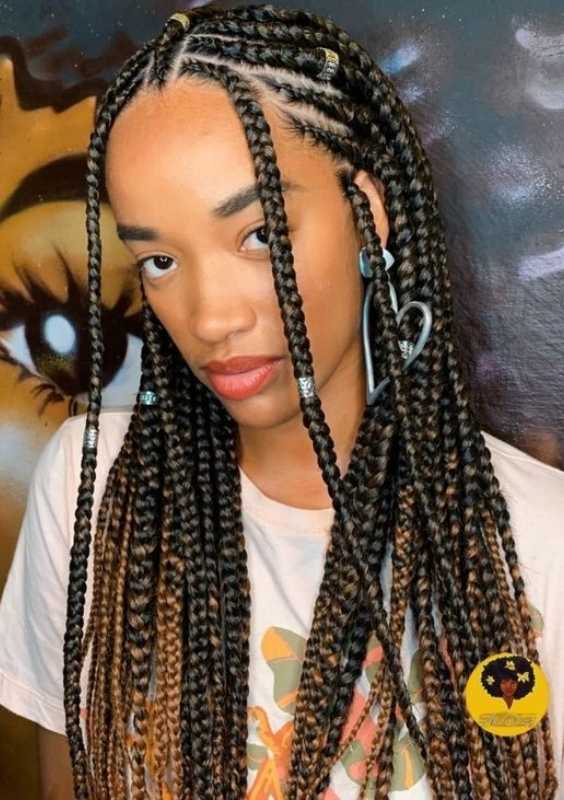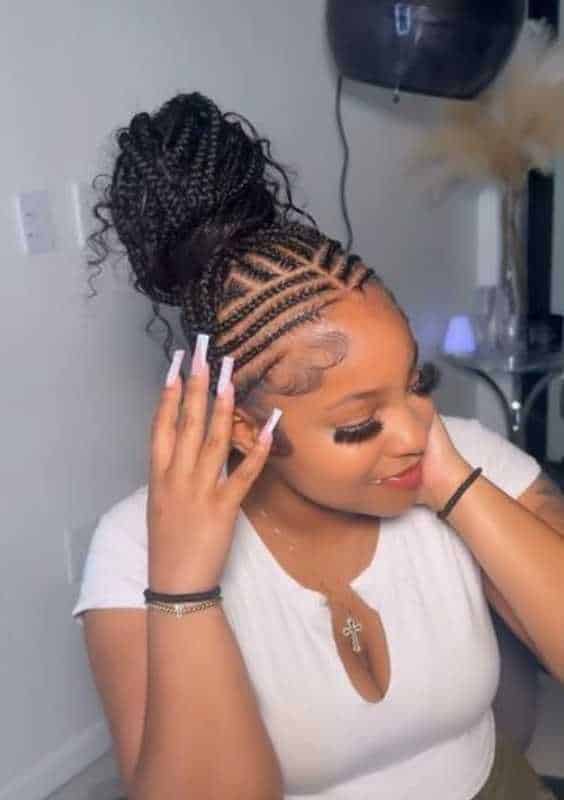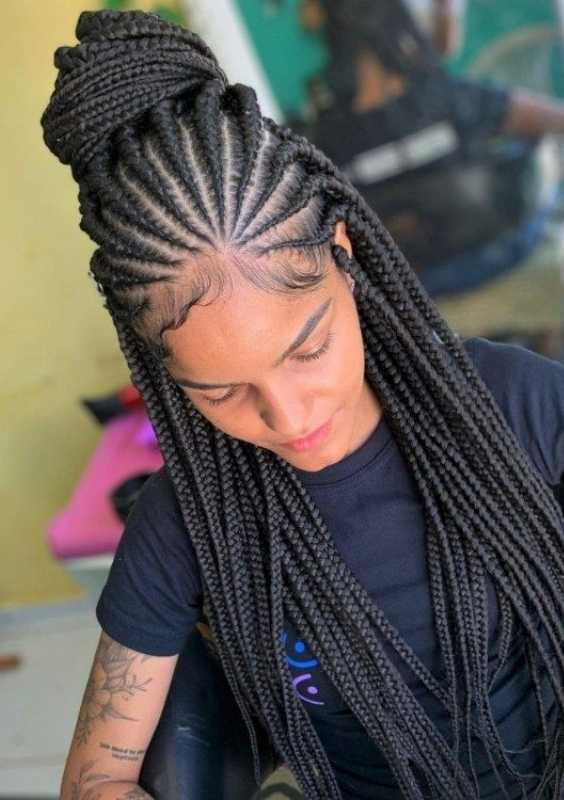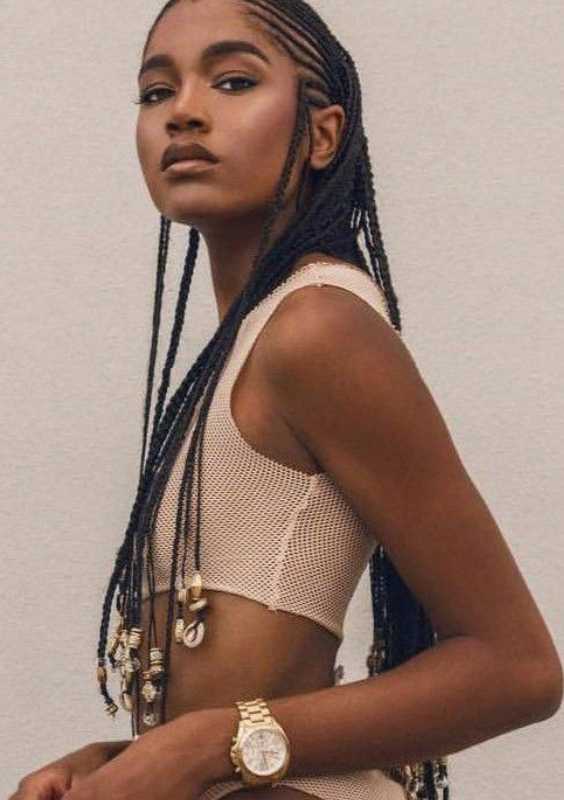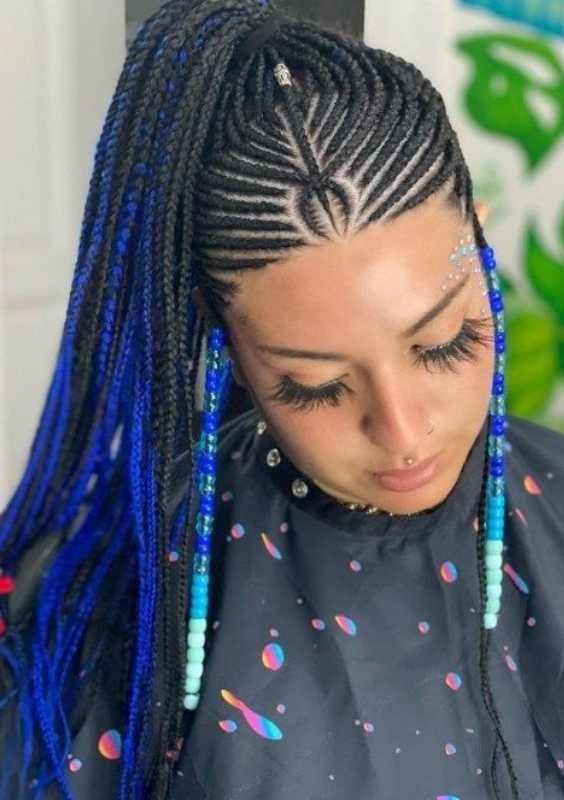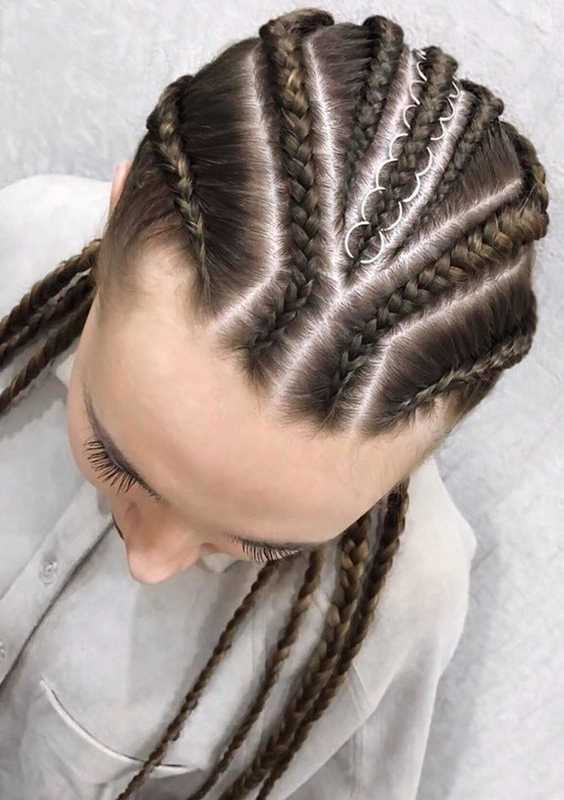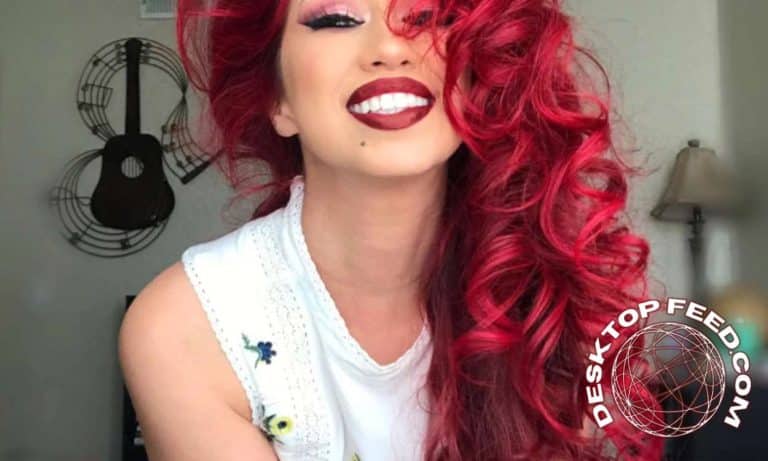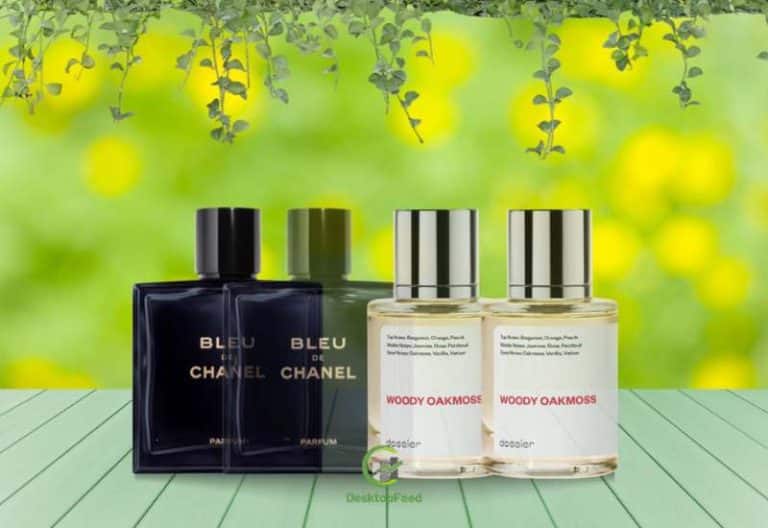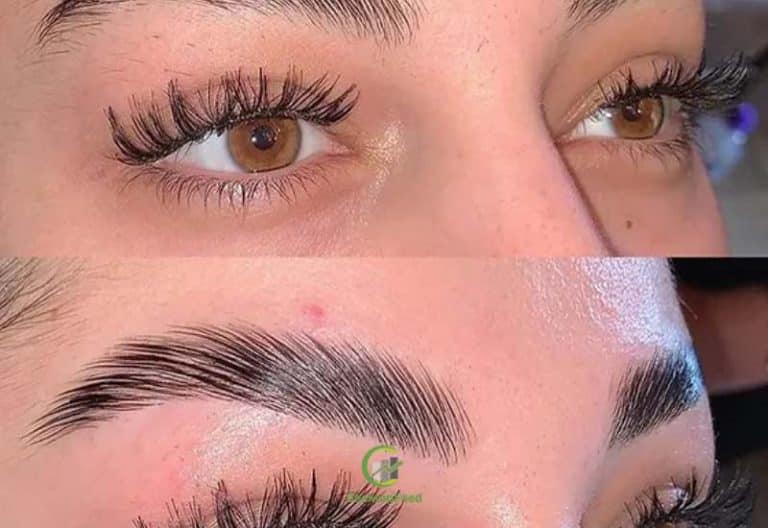Fulani Braids: Types of Fulani Braids with Photos

Tired of the same old hairstyle? Looking to add a touch of culture and style to your look? Well, you’re in luck! Fulani braids are here to elevate your hair game and leave you feeling like a true trendsetter. Whether you’ve heard of them before or not, get ready to embark on a journey that combines history, cultural significance, and stunning aesthetics. Get ready to discover the beauty and power behind the art of Fulani braids. So grab your comb, sit back, and let’s dive into this captivating world together!
The History and Cultural Significance of Fulani Braids
Fulani braids have a rich history that dates back centuries. This iconic hairstyle originated from the Fulani people, who are primarily found in West Africa. For the Fulani community, these braids hold great cultural significance and serve as a way to express their identity.
Traditionally, Fulani women would intricately braid their hair as a symbol of beauty, heritage, and social status. The braiding process itself is considered an art form passed down through generations. It involves using intricate patterns and techniques to create stunning hairstyles that vary in size and length.
How to Achieve the Perfect Fulani Braid Style
- Consultation: Start by consulting with a professional hairstylist who specializes in Fulani Braids. Discuss your desired style, length, and any embellishments or accessories you’d like to incorporate.
- Hair Preparation: Ensure your natural hair is clean, moisturized, and detangled before the braiding process begins. This creates a smooth foundation for the braids.
- Hair Extensions: If you desire longer or thicker braids, your stylist may use hair extensions. Choose extensions that closely match your hair’s texture and color.
- Braid Pattern: Work with your stylist to select a braid pattern that suits your style goals. Fulani Braids can have various patterns, such as straight-back, curved, or zig-zag parts.
- Beads and Decorations: Decide on the type of beads, shells, or colorful threads you want to include in your braids. These decorations can be added during or after the braiding process.
- Tension Control: Ensure that the braider maintains a comfortable tension while creating the braids. Braids that are too tight can lead to discomfort and damage.
- Parting and Sectioning: Your stylist will carefully part and section your hair, creating clean lines and equal-sized sections to achieve symmetry.
- Braiding Technique: The braids are created by weaving in extensions (if used) with your natural hair. The stylist will start close to the scalp and braid downward, incorporating any desired embellishments.
- Secure Ends: To prevent unraveling, the ends of the braids are secured using rubber bands, thread, or heat sealing, depending on your preference.
- Styling and Accessories: Once all the braids are complete, you can style them as desired. You can add beads, cowrie shells, or colorful threads to enhance the overall look.
- Final Inspection: Examine the braids to ensure they are uniform in size and length. Address any loose braids or uneven sections.
- Maintenance Instructions: Ask your stylist for specific care instructions, such as how often to wash and moisturize your braids and how to protect them at night.
Maintenance and Care for Fulani Braids
Fulani Braids are a stunning and intricate hairstyle that requires proper care to keep them looking fresh and your natural hair healthy. Here’s a guide on how to maintain and care for your Fulani Braids:
Regular Washing:
While wearing Fulani Braids, it’s essential to maintain scalp hygiene. Use a sulfate-free shampoo and lukewarm water to gently cleanse your scalp and braids. Focus on massaging the shampoo into your scalp, being careful not to disturb the braids. Rinse thoroughly to ensure no residue remains.
Conditioning:
Follow up with a lightweight, moisturizing conditioner. Apply it to your natural hair and the length of your braids. Avoid heavy conditioners that may build up on your scalp. Rinse thoroughly.
Scalp Care:
To prevent dryness and itching, apply a lightweight hair oil or scalp moisturizer to your scalp. Massage it in using your fingertips, and ensure it reaches the roots beneath the braids.
Avoid Overwetting:
While washing your Fulani Braids is important, avoid overwetting them, as excessive moisture can lead to frizz and unraveling. Use a spray bottle to dampen your braids if necessary.
Protective Styles:
At night, wrap your Fulani Braids in a silk or satin scarf or bonnet to reduce friction and maintain their integrity. This also prevents lint from getting trapped in your braids.
Avoid Tight Styles:
Refrain from wearing overly tight hairstyles that could pull on your braids, as this can lead to breakage or discomfort.
Retouch Loose Braids:
Over time, some braids may become loose or start to unravel. Use a crochet needle or ask a professional stylist to retouch these loose braids to keep your hairstyle neat.
Protect from Environmental Elements:
Protect your Fulani Braids from sun exposure, harsh winds, and excessive moisture, as these factors can affect the longevity of your braids and the health of your natural hair.
Trim Your Natural Ends:
Periodically trim the ends of your natural hair that extend beyond the braids. This prevents split ends and breakage.
Avoid Excessive Heat:
Limit the use of heated styling tools on your braids, as excessive heat can weaken the braiding hair and your natural hair.
Consult a Professional:
If you’re unsure about maintaining or caring for your Fulani Braids, consult a professional hairstylist who specializes in braided hairstyles. They can provide personalized guidance and recommendations.
By following these maintenance and care tips, you can enjoy your Fulani Braids while ensuring the health of your natural hair and the longevity of your beautiful hairstyle.
Also Read: Everything You Need to Know About Manic Panic Hair Dye
Different Types of Fulani Braids Looks
Fulani braids with beads
Fulani braids with beads are a traditional African hairstyle that combines intricate braiding techniques with vibrant adornments. Originating from the Fulani tribe, these eye-catching hairstyles have become increasingly popular around the world for their unique and cultural appeal. The braids themselves are skillfully woven close to the scalp in long, thin sections, creating an elegant and versatile look.
What truly sets Fulani braids apart is the addition of beads. These small decorative pieces are meticulously threaded onto individual braids, offering a delightful array of colors and textures that enhance the overall visual impact. Beads can be made from various materials such as wood, metal, or even glass – allowing for endless possibilities when it comes to personalizing this style.
A few ideas for Fulani braids with beads with Photos
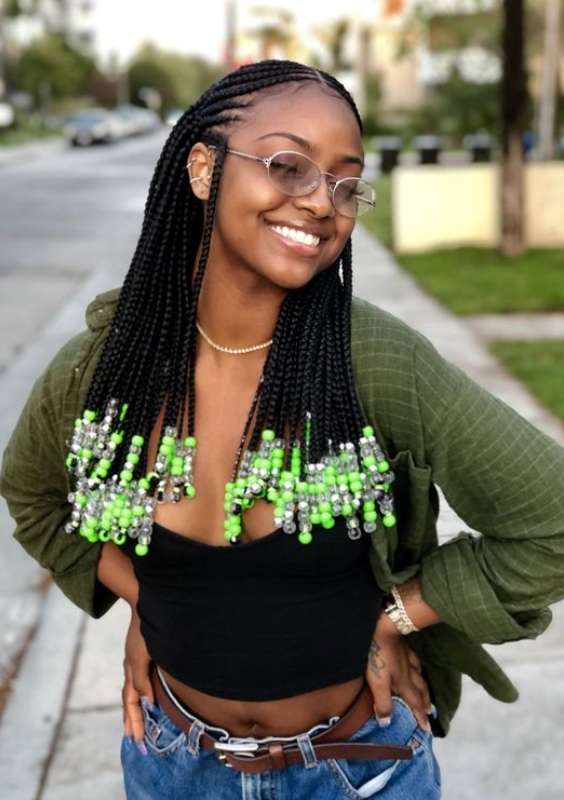
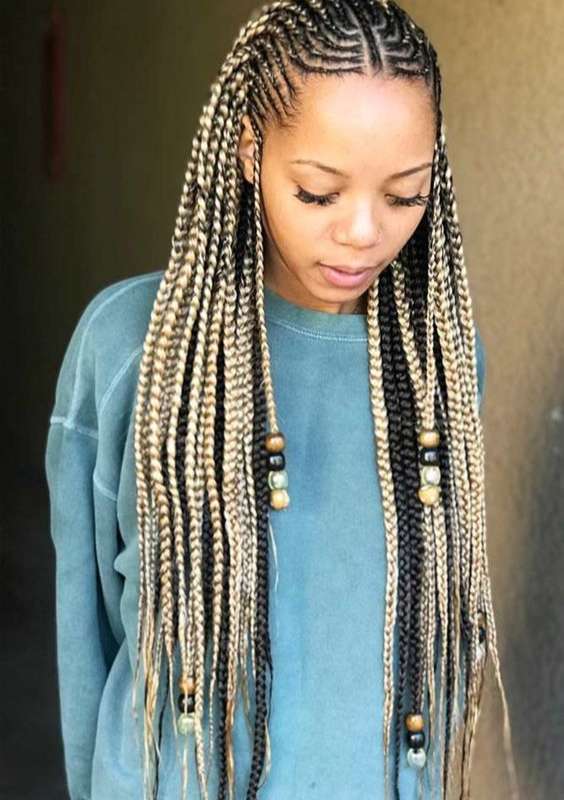
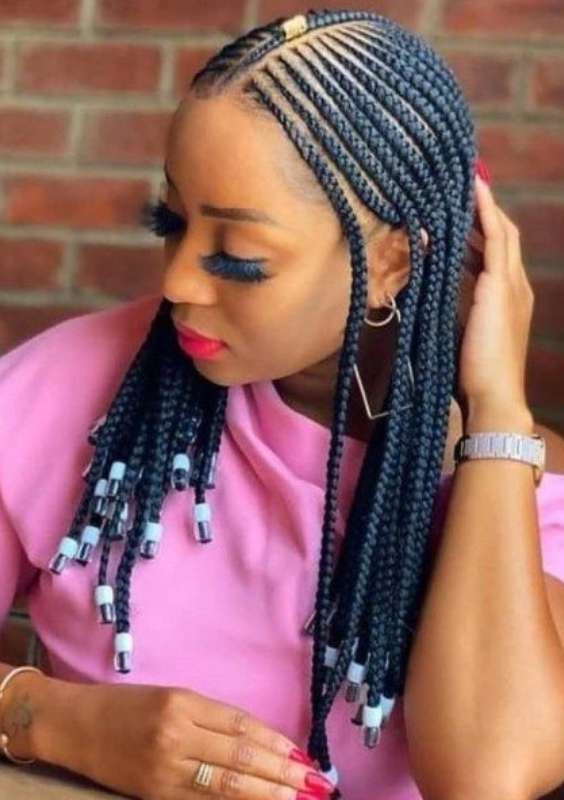

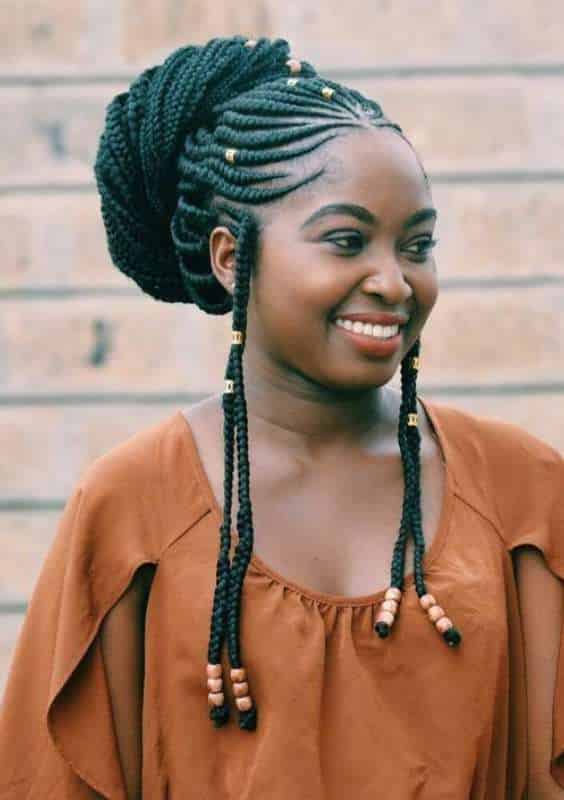
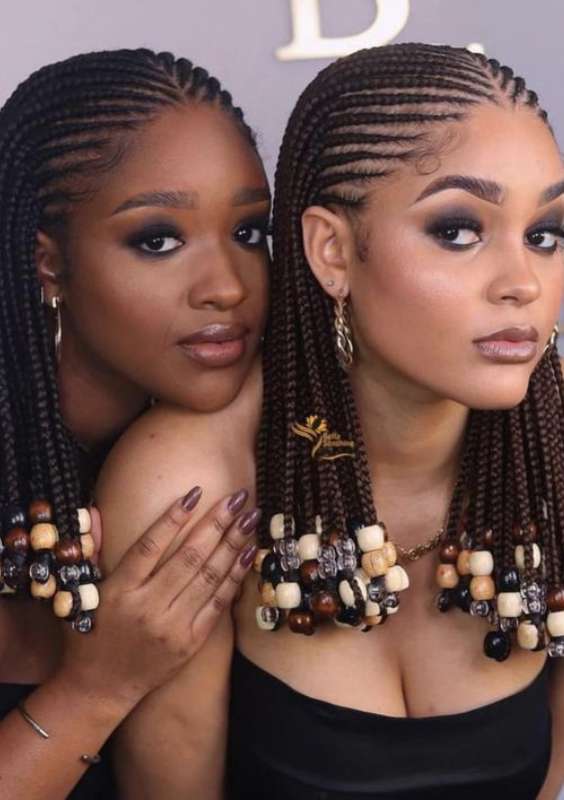

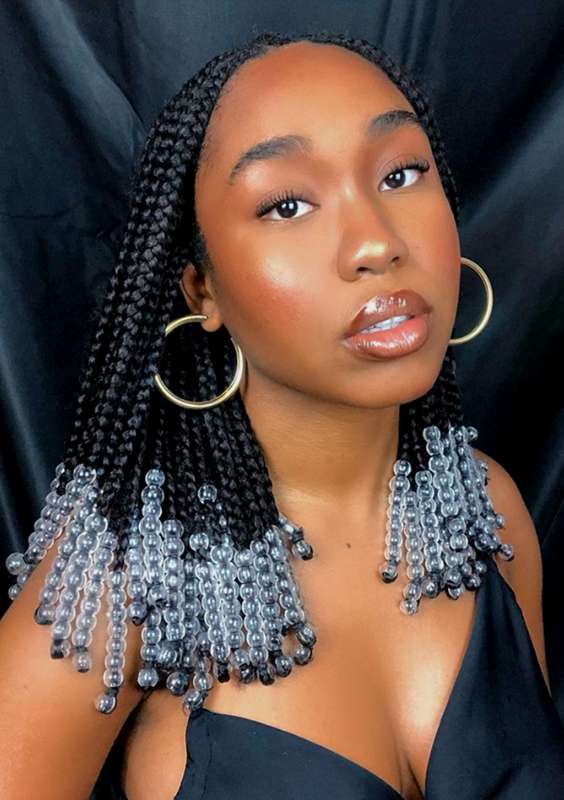
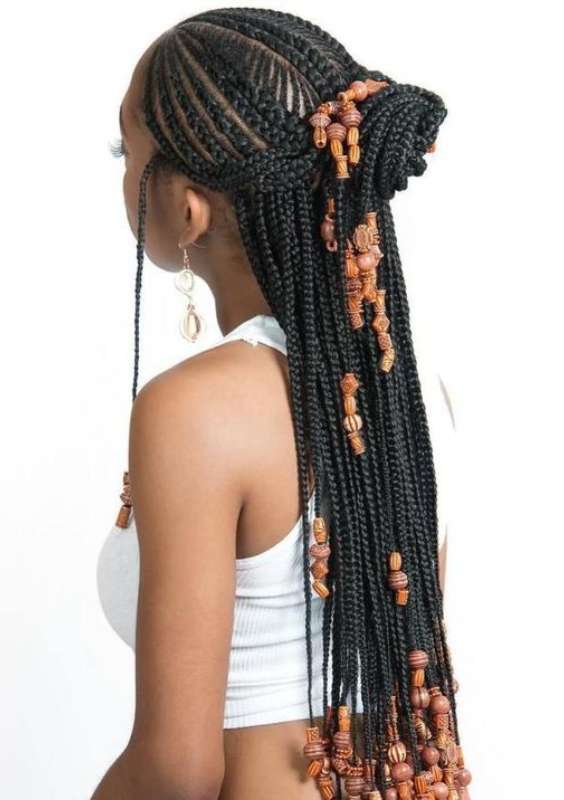



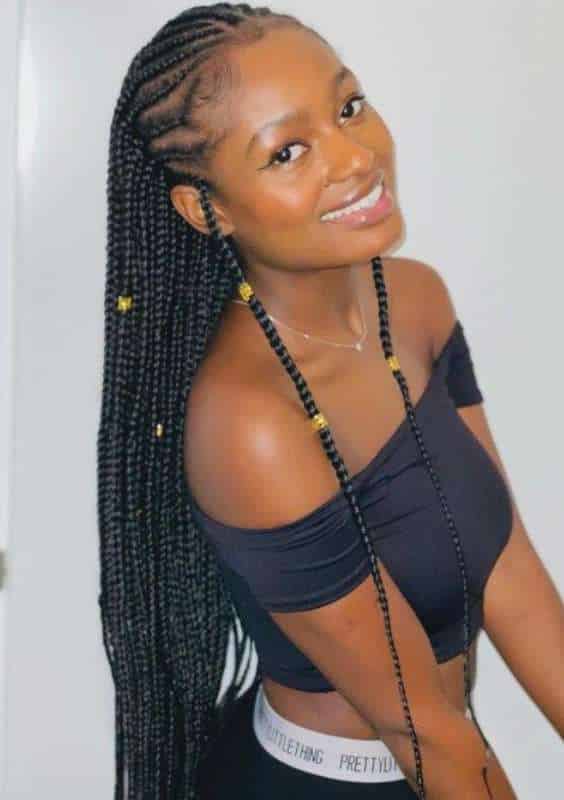
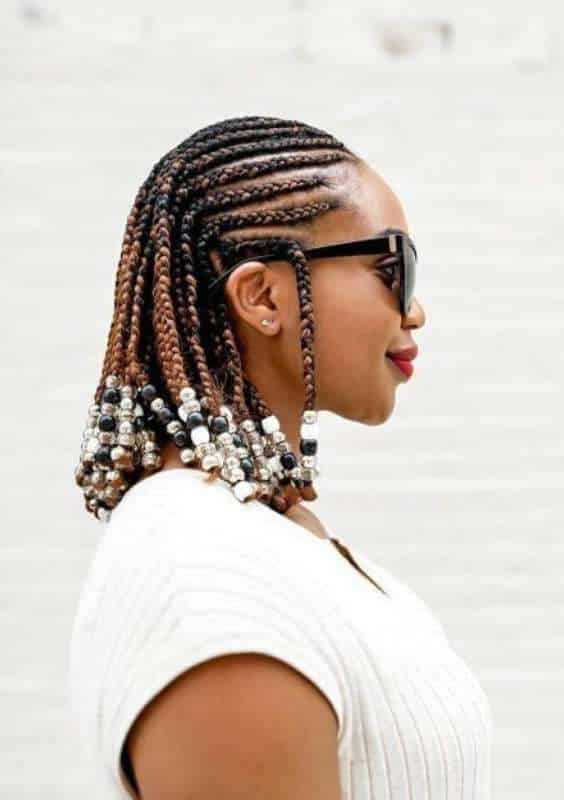
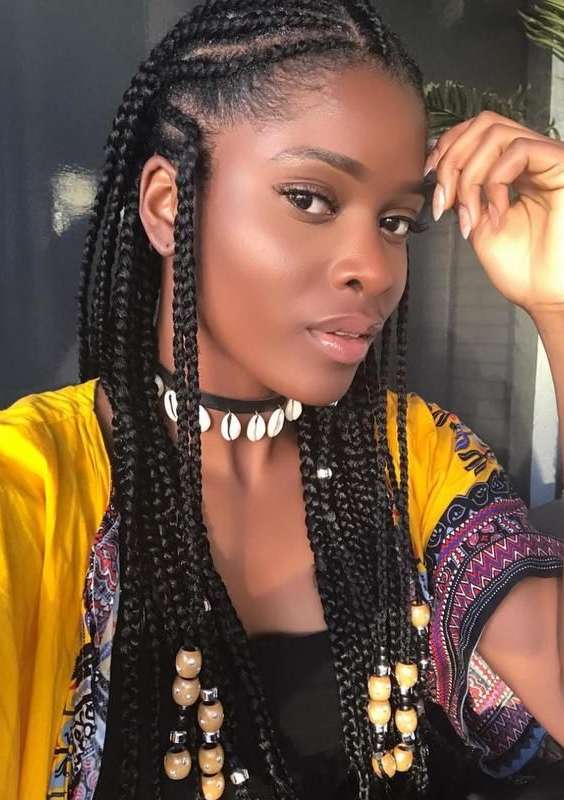
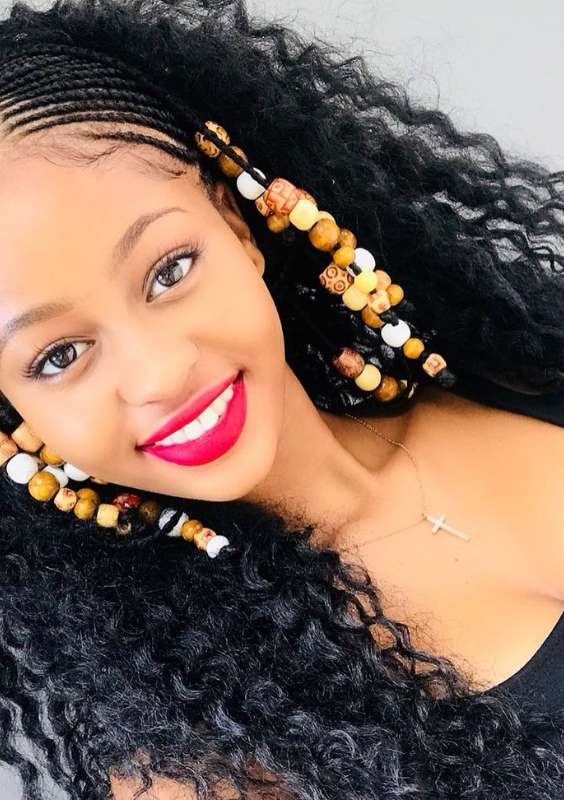
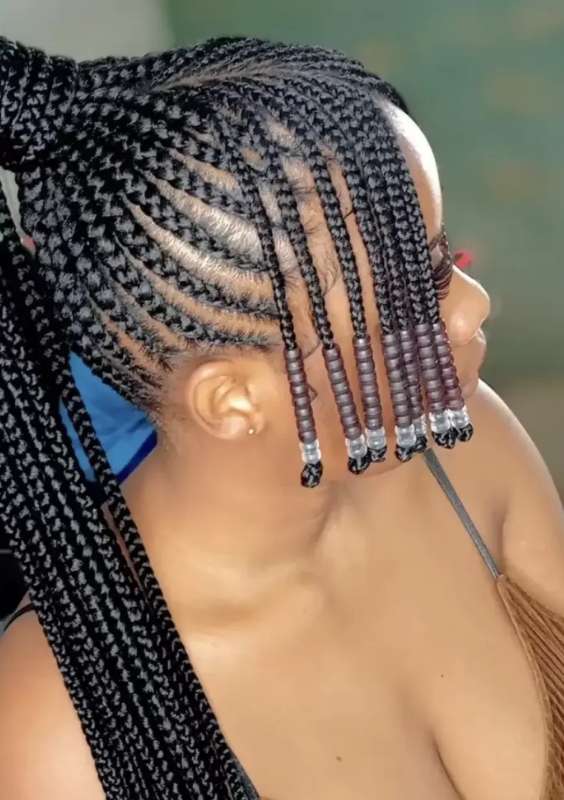
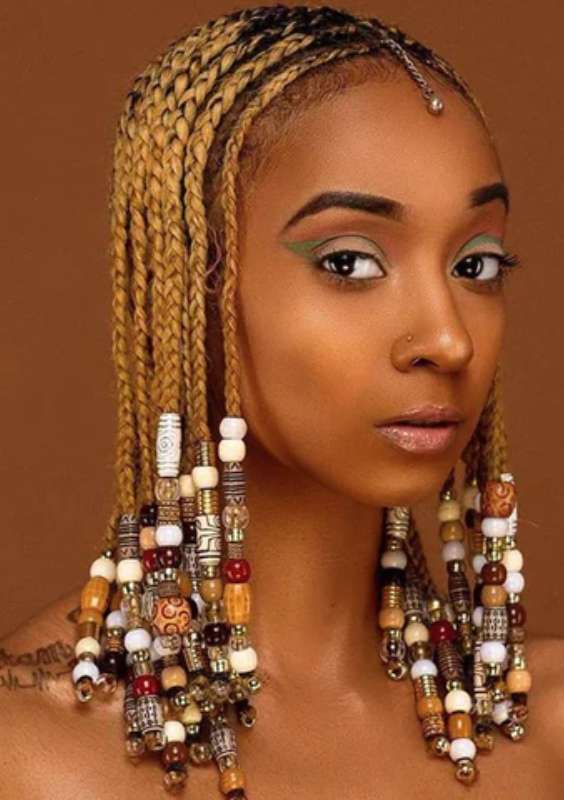
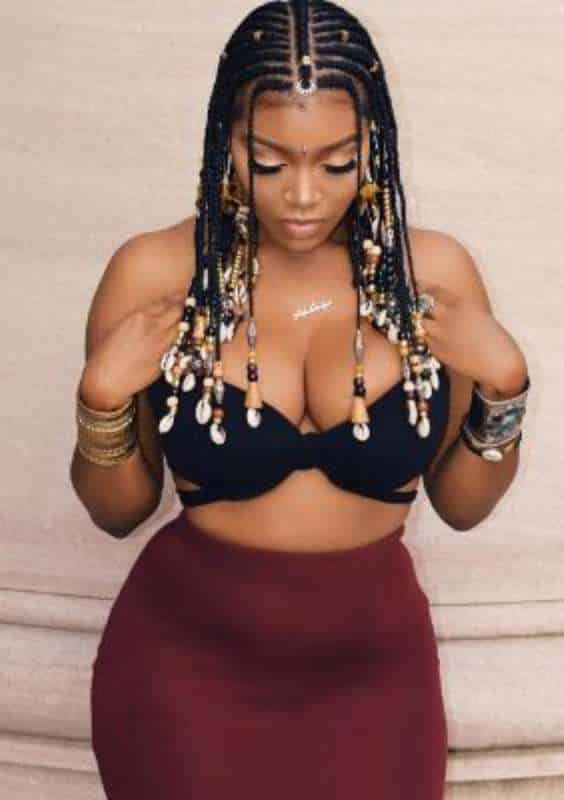

Fulani braids with heart
When it comes to expressing your individuality and embracing cultural beauty, Fulani braids with heart are a fantastic choice. These intricate braids not only showcase stunning designs but also incorporate the symbolic heart shape, adding an extra touch of femininity and love to your hairstyle.
Fulani braids with hearts are a perfect blend of tribal and modern styles. The combination of sleek cornrows adorned with delicate hearts creates a visually striking look that is both captivating and unique. Whether you opt for small or larger hearts woven into your braids, they add an element of whimsy charm that sets this style apart from traditional braided hairstyles.
A few ideas for Fulani braids with hearts with Photos
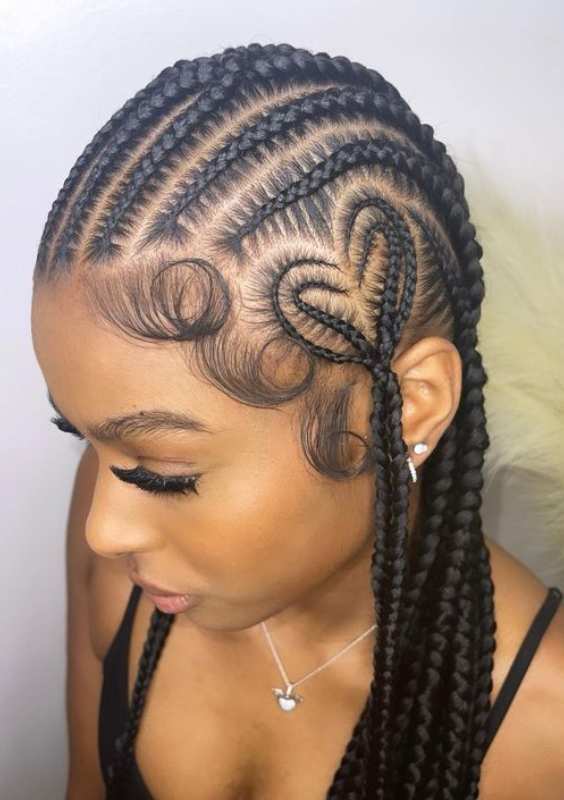
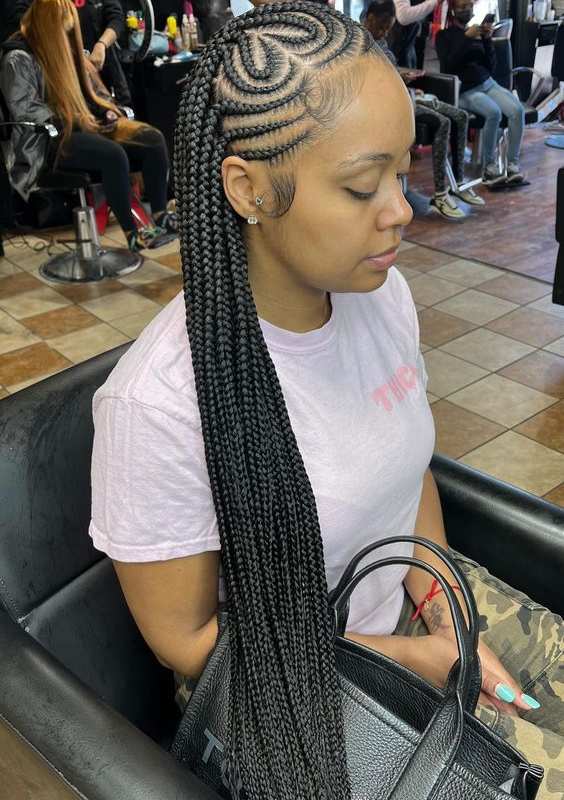

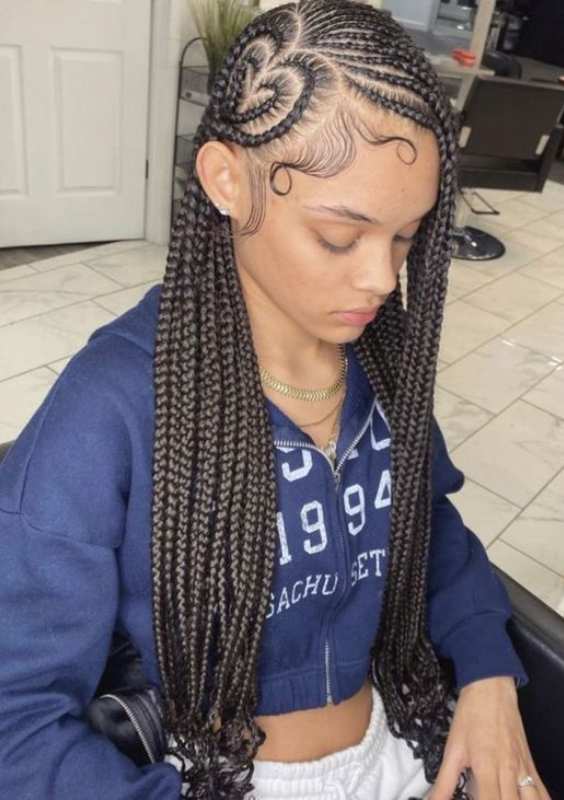
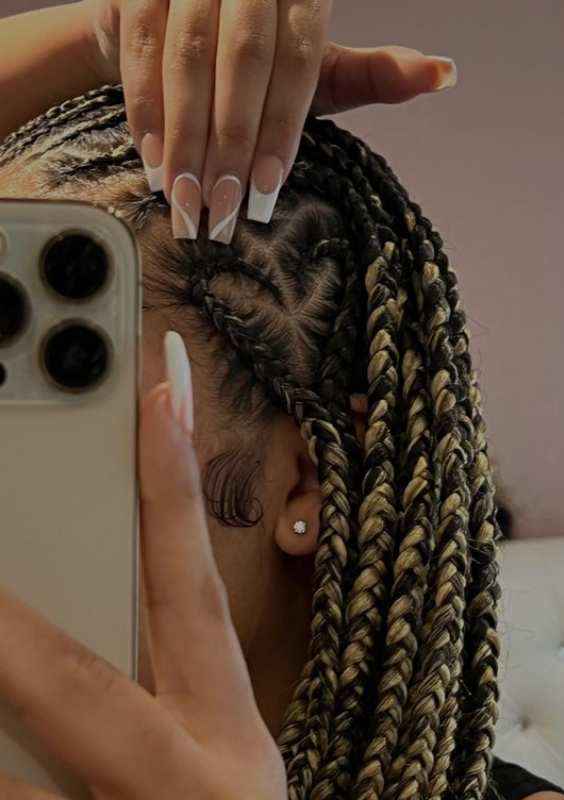

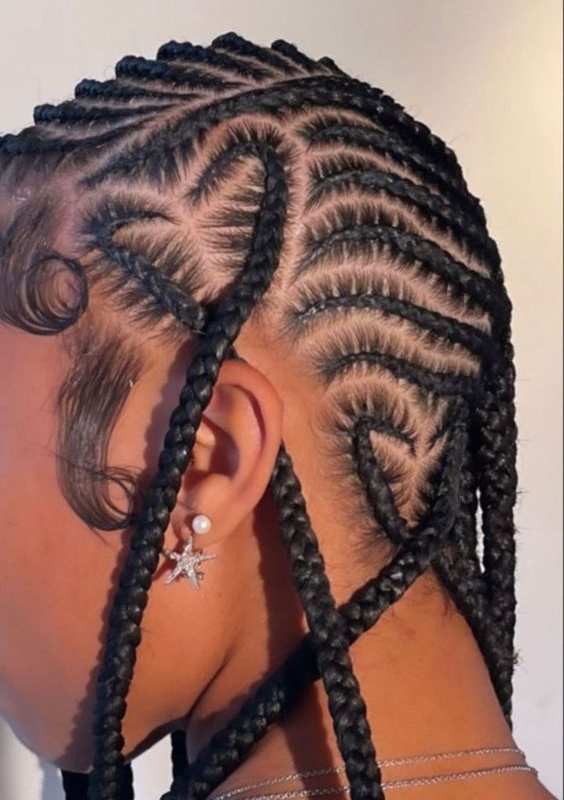
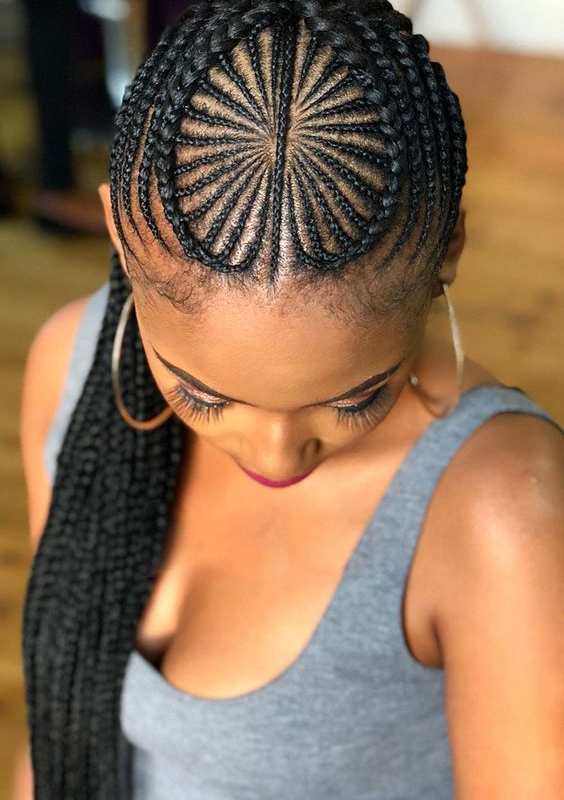
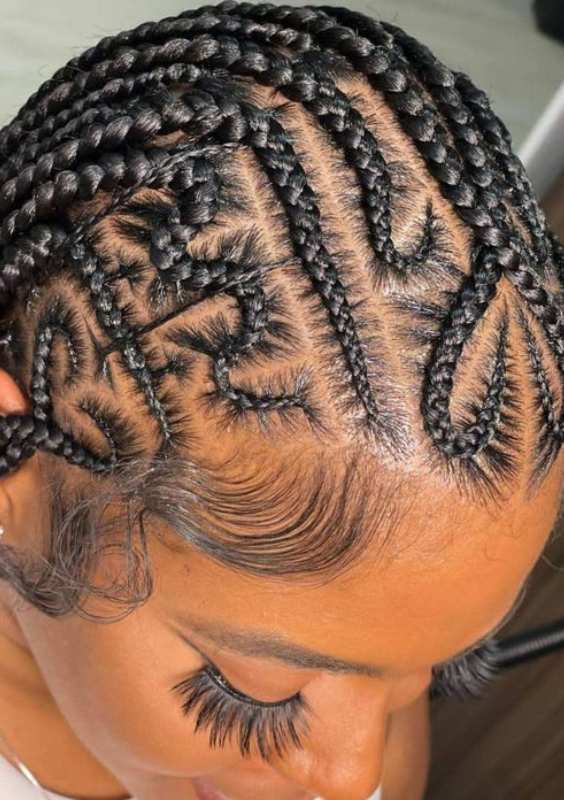
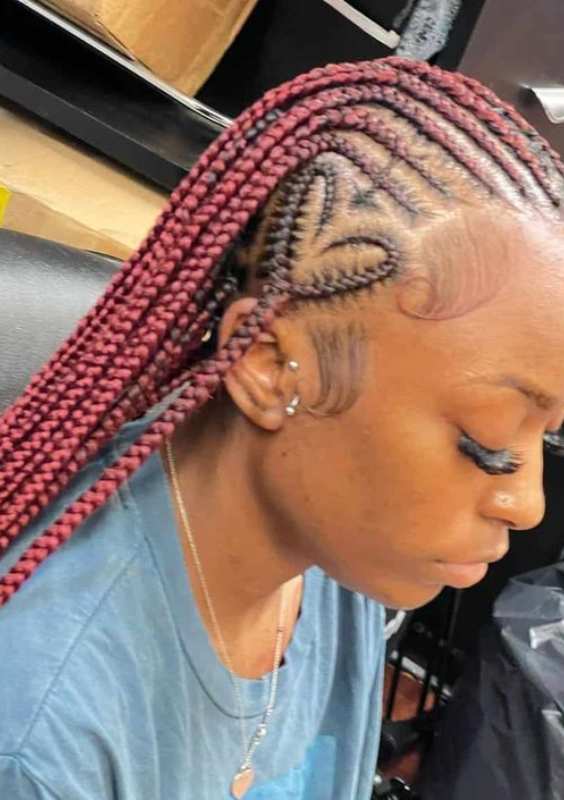
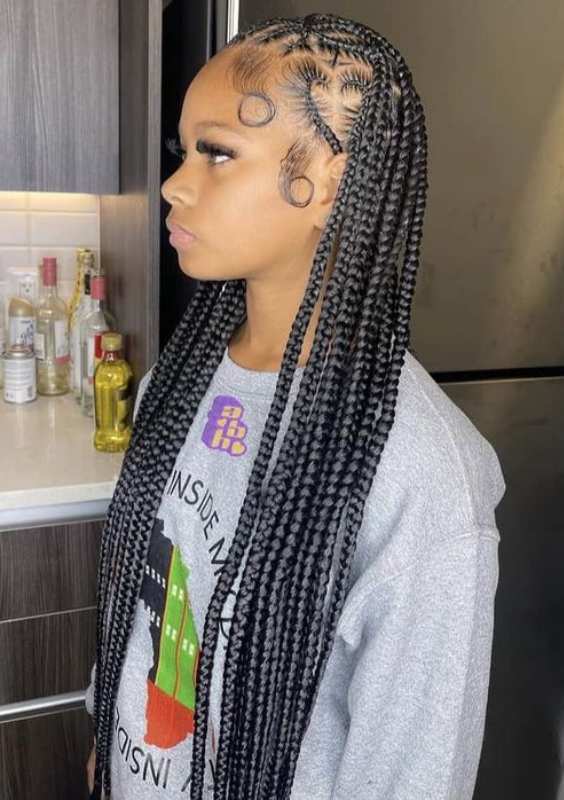
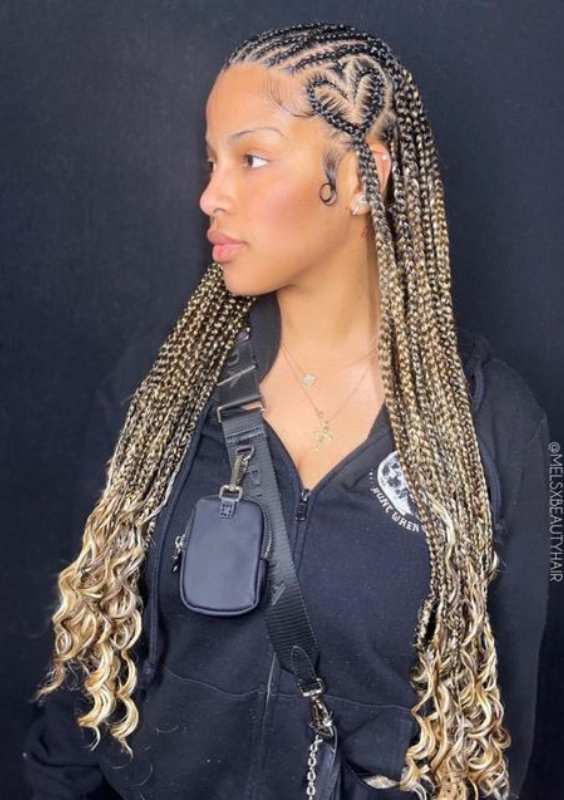
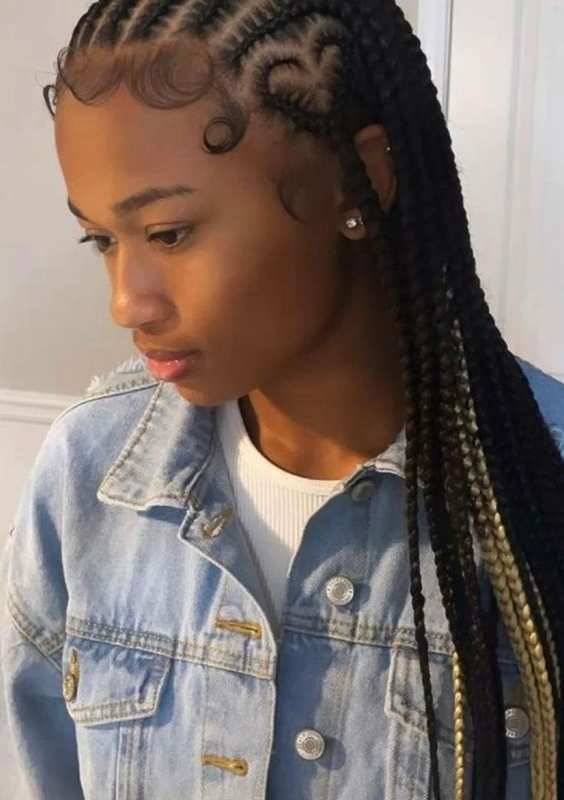
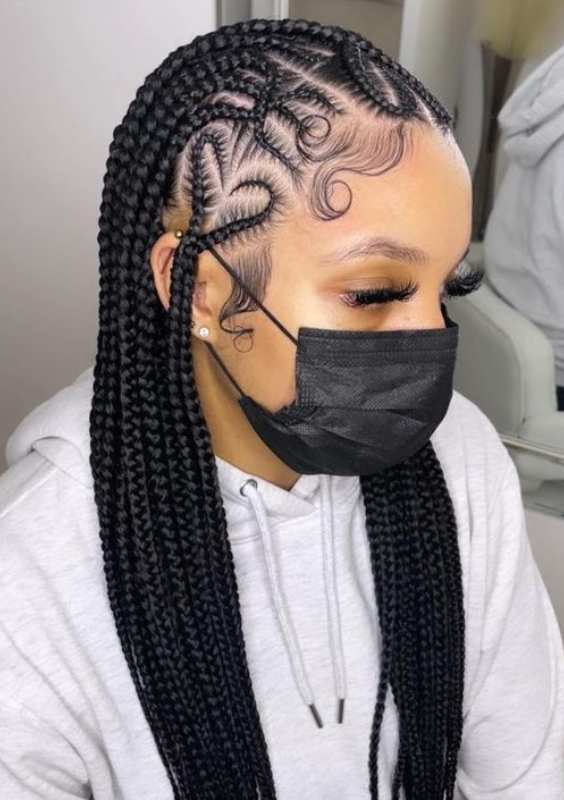
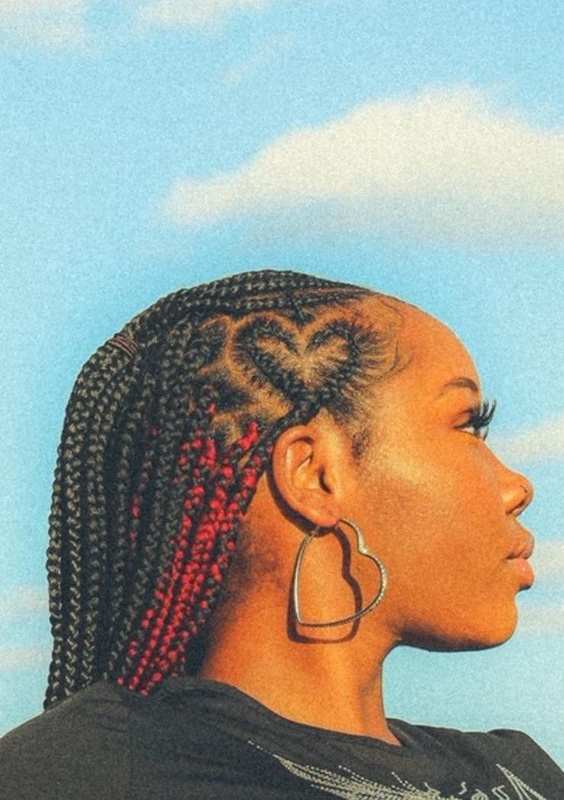
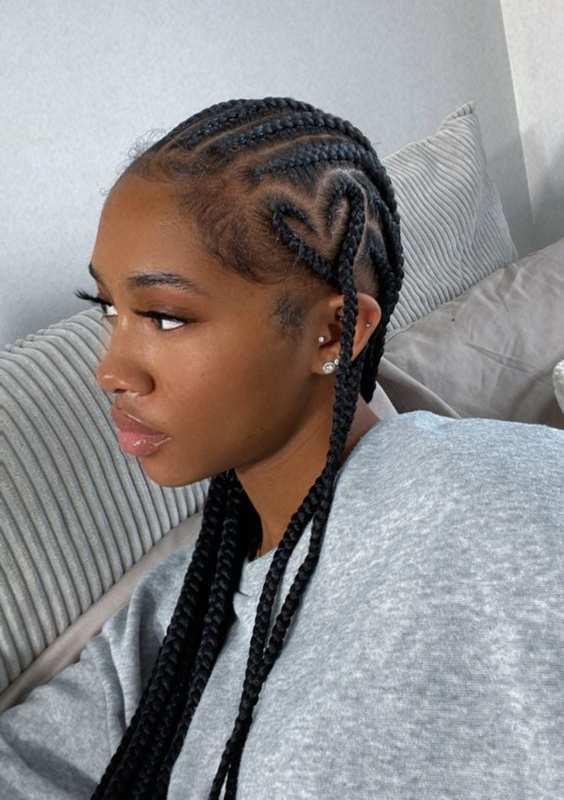
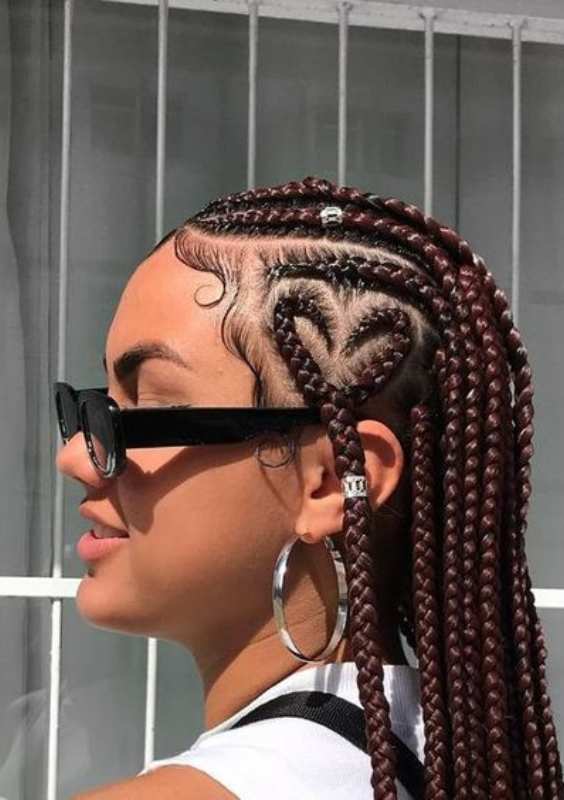
Tribal Fulani braids
Tribal Fulani braids are a stunning and intricate hairstyle that has been passed down through generations in West African communities. These braids are not only a beautiful form of self-expression but also hold cultural significance.
The tribal Fulani braids feature thin cornrows that start at the front hairline and extend all the way to the back. The center parting adds an extra element of style, creating a visually striking look. The braids are often adorned with beads or shells, adding flair and individuality.
What sets tribal Fulani braids apart is their unique pattern and design. They incorporate complex geometric shapes, twists, and loops, giving them an artistic touch. This meticulous attention to detail showcases the rich heritage behind this hairstyle.
A few ideas for Tribal Fulani braids with Photos
Fulani braids with curls
Fulani braids with curls add a touch of elegance and femininity to this traditional African hairstyle. The combination of intricate braiding techniques with cascading curls creates a stunning look that is both stylish and versatile.
The beauty of Fulani braids with curls lies in their ability to be customized to suit individual preferences. With the addition of curls, these braids take on a whole new level of glamour. The softness and movement created by the curls make the overall style more dynamic and eye-catching.
Curls can be added to Fulani braids in various ways, depending on personal preference and hair type. Some opt for natural curls achieved through rod sets or flexi rods, while others choose to use heat styling tools such as curling wands or flat irons for more defined curls.
A few ideas for Fulani braids with curls with Photos
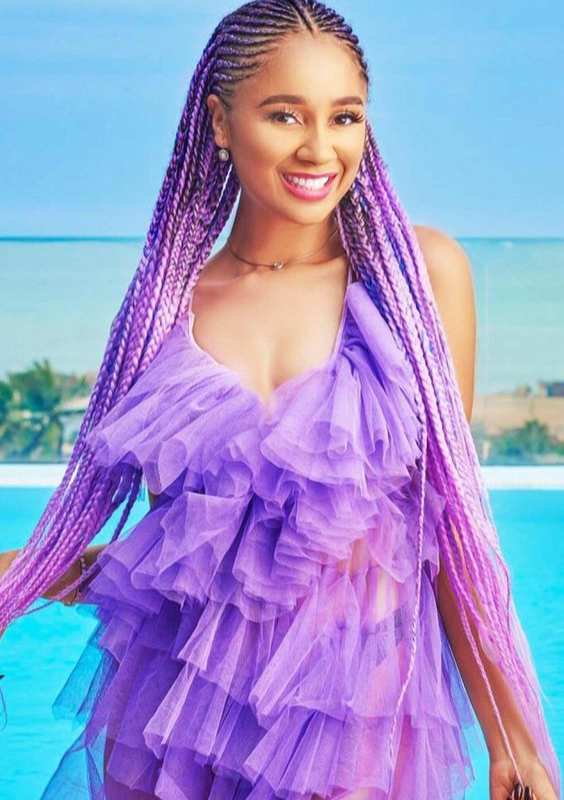

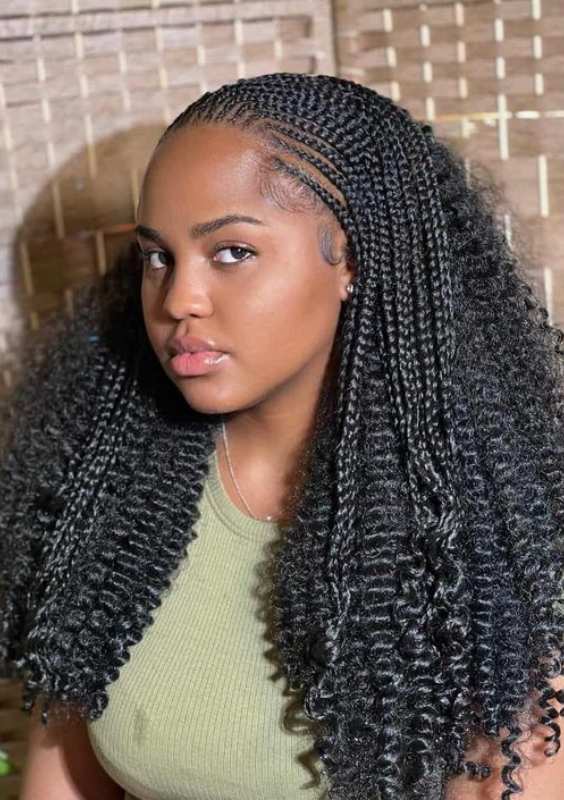
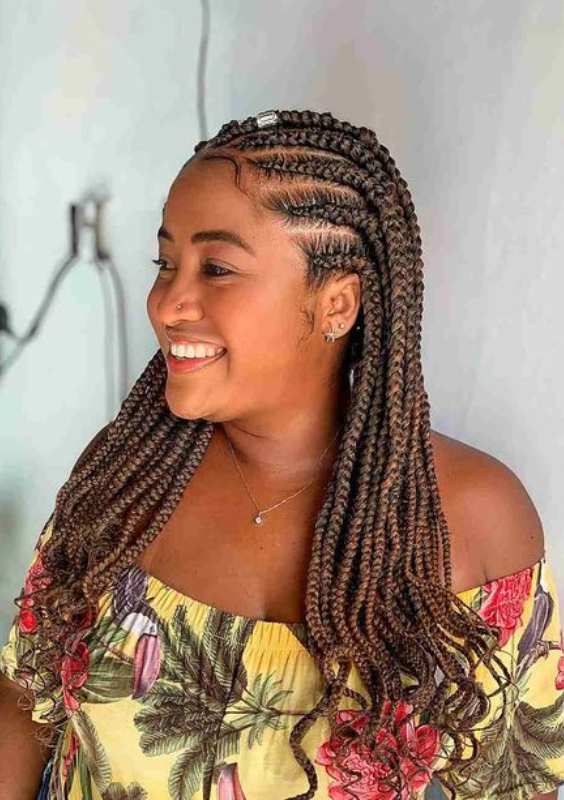
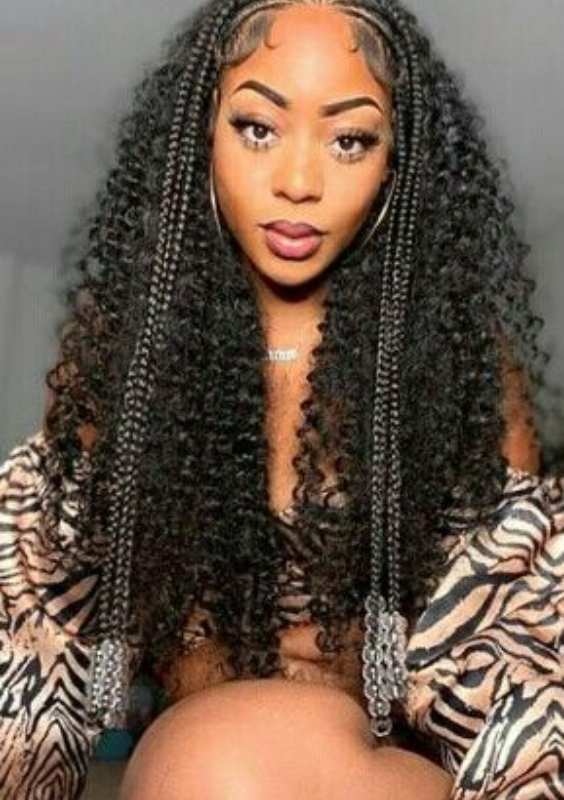
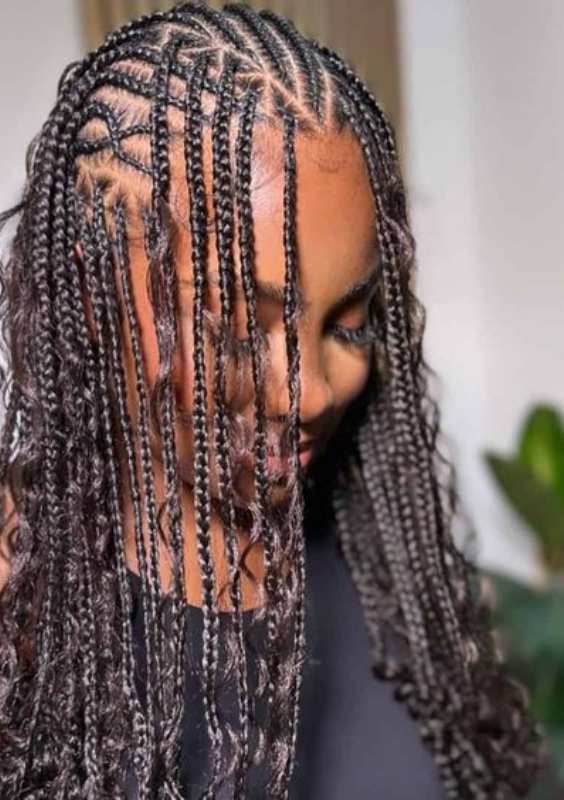
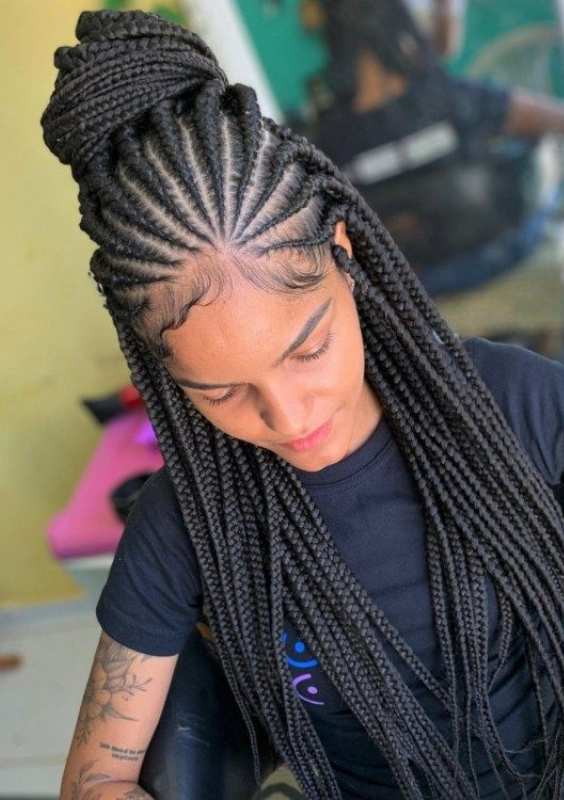
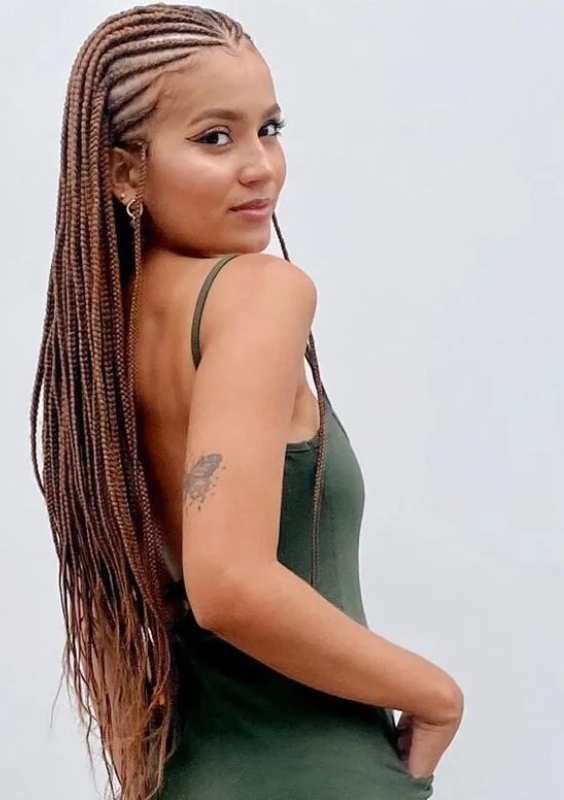
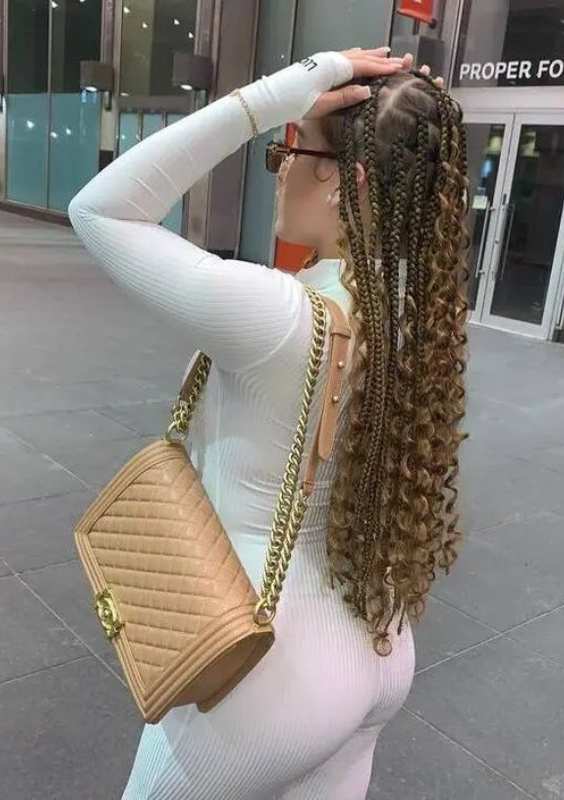
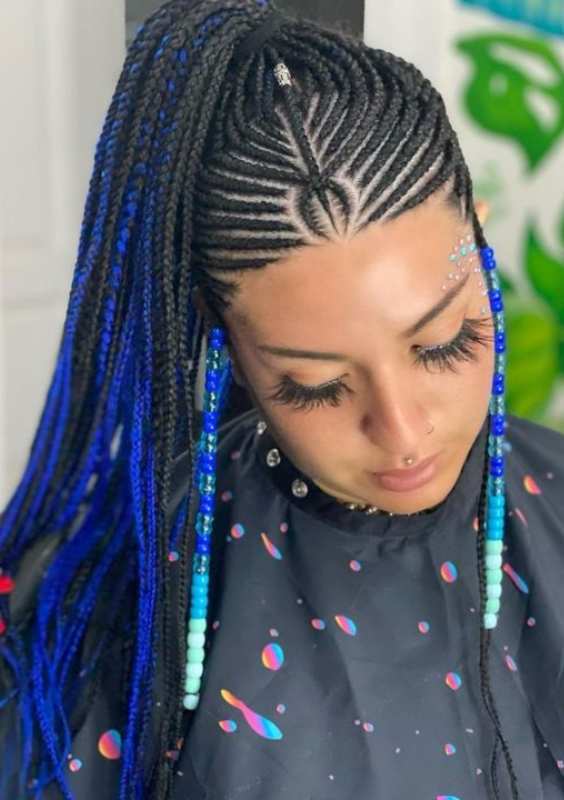
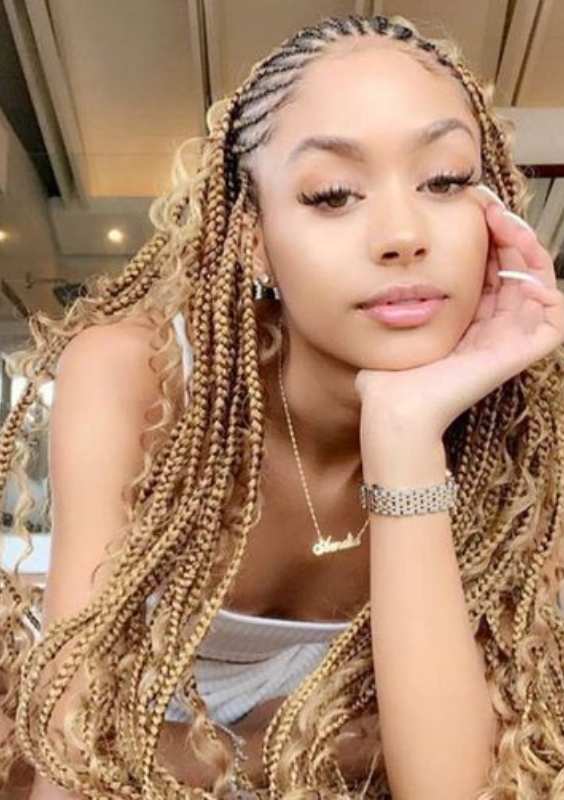
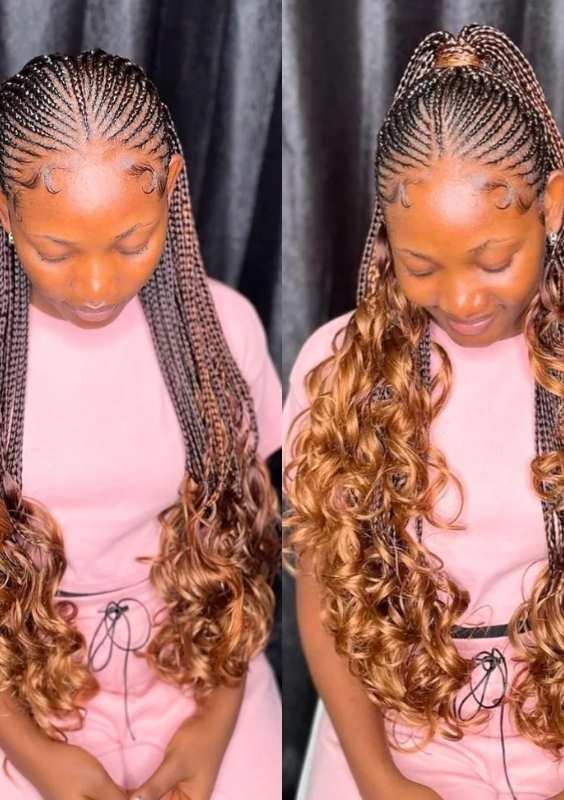
Also Read: Is Herbal Essences Good For Your Hair?
Ethiopian Fulani braids
Ethiopian Fulani braids are a stunning variation of the classic hairstyle that originated from the Fulani people in West Africa. These braids have gained popularity for their intricate and unique designs, incorporating cultural elements from Ethiopia.
One distinctive feature of Ethiopian Fulani braids is the use of vibrant colors. The addition of colorful beads and threads adds an eye-catching touch to the hairstyle, creating a striking visual contrast against dark or natural hair tones.
Another characteristic of Ethiopian Fulani braids is the incorporation of traditional Ethiopian patterns. These patterns often include geometric shapes and symbols that hold deep meaning within Ethiopian culture, making each braid design a work of art.
The combination of these cultural elements makes Ethiopian Fulani braids not only visually appealing but also significant in celebrating heritage and identity. Whether worn for special occasions or as a daily style choice, these braids allow individuals to embrace their roots while expressing their personal sense of style.
A few ideas for Ethiopian Fulani braids with Photos
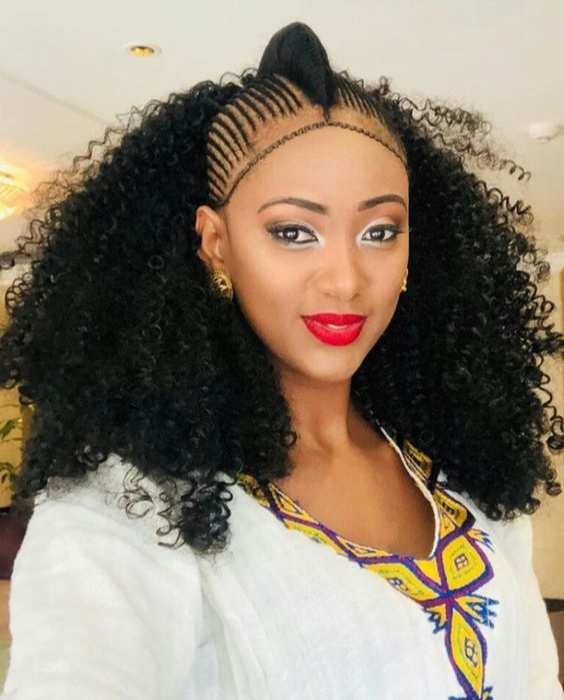
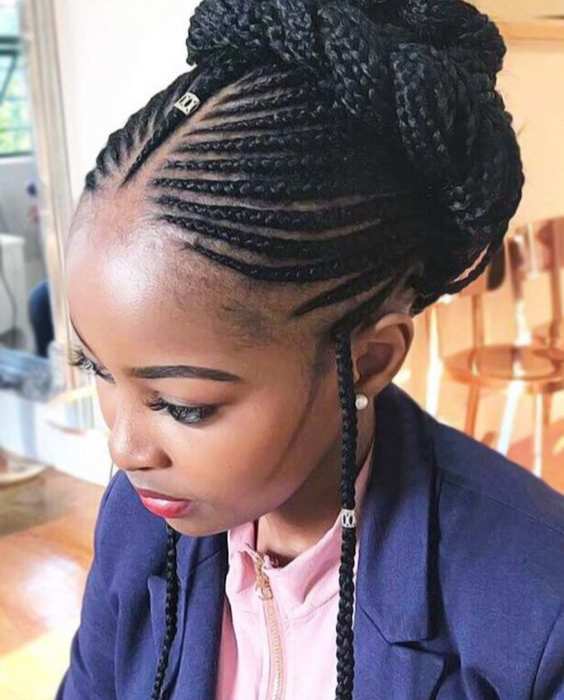
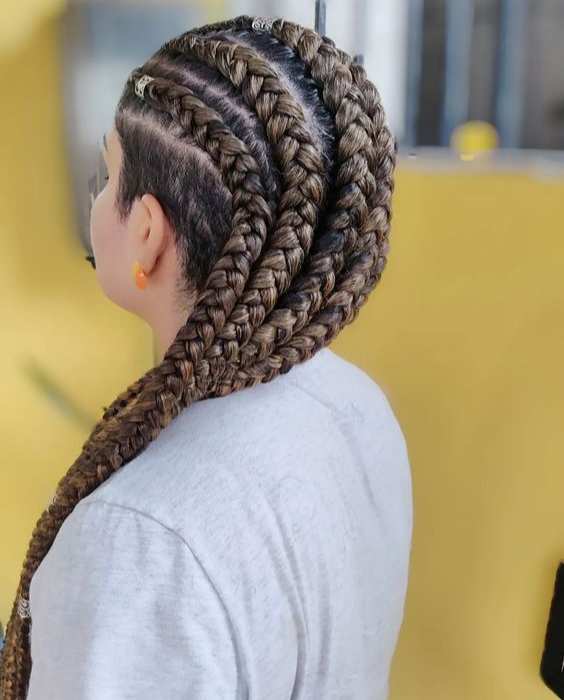
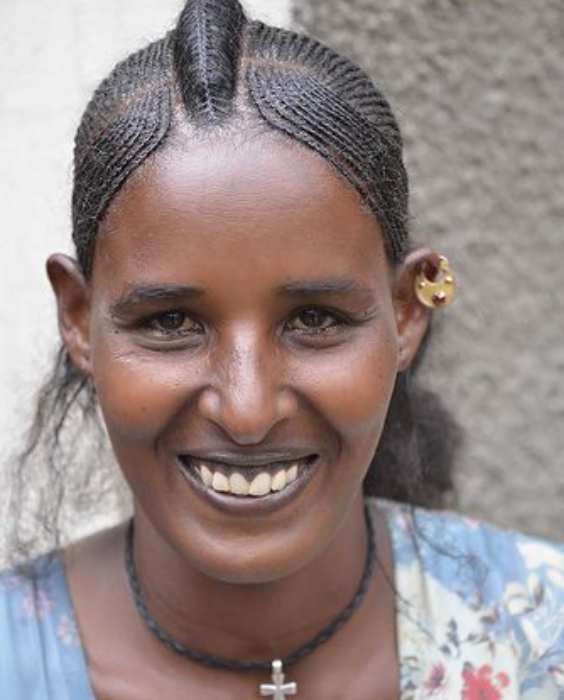
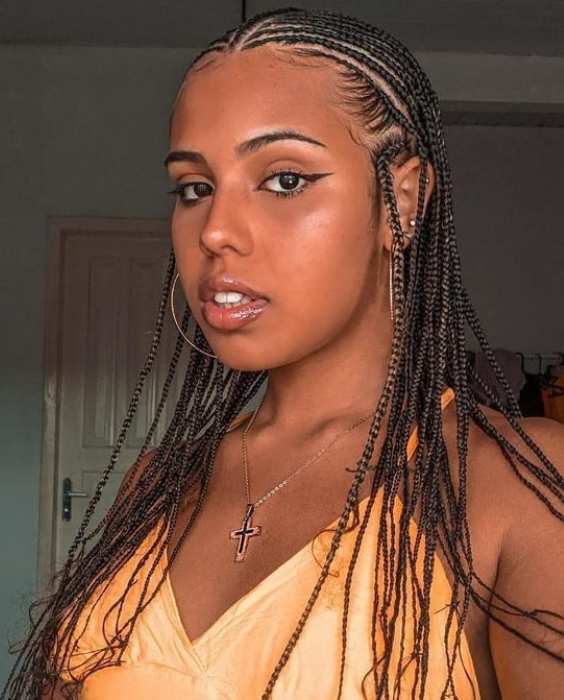
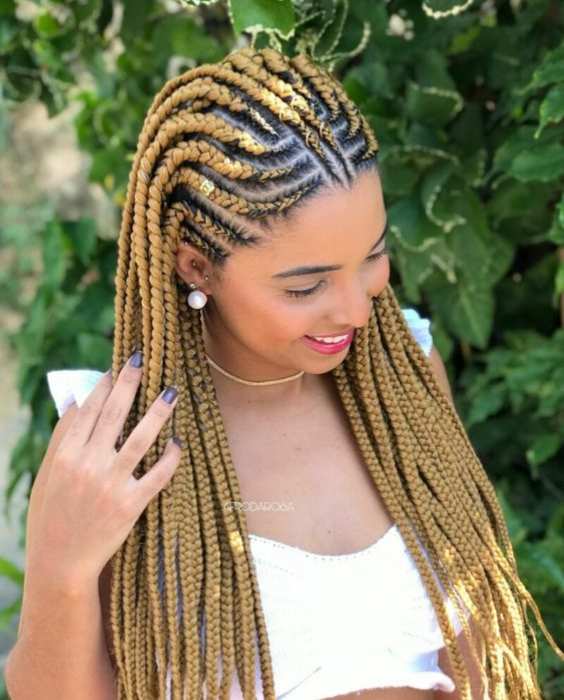
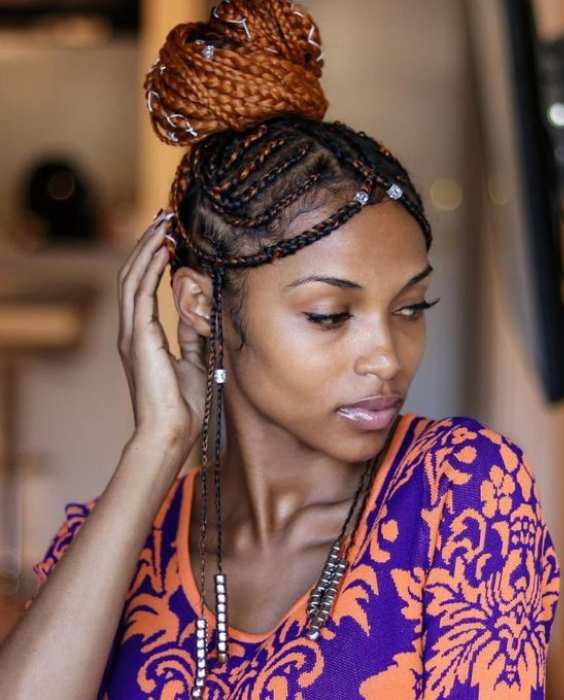
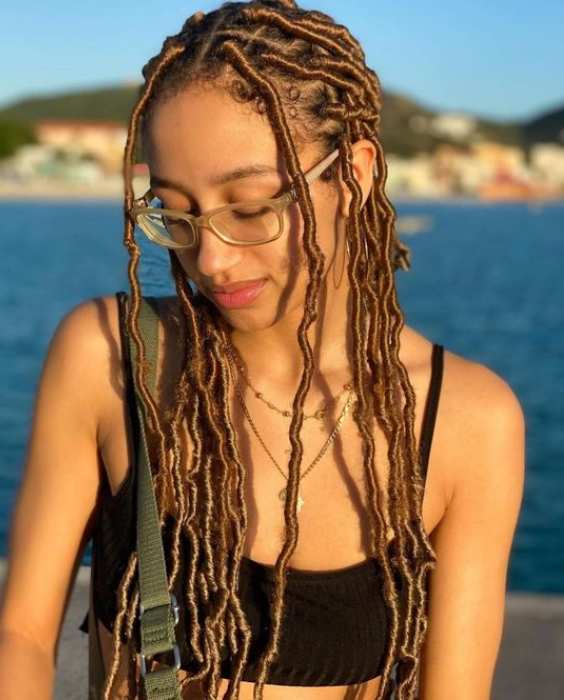
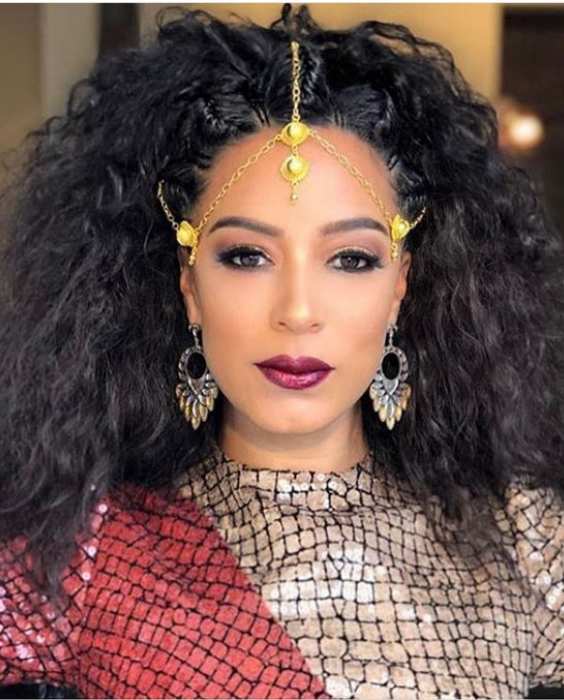
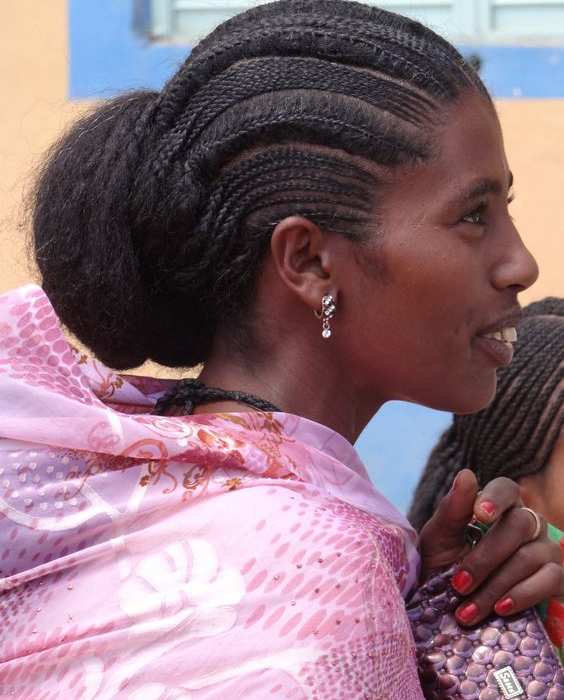
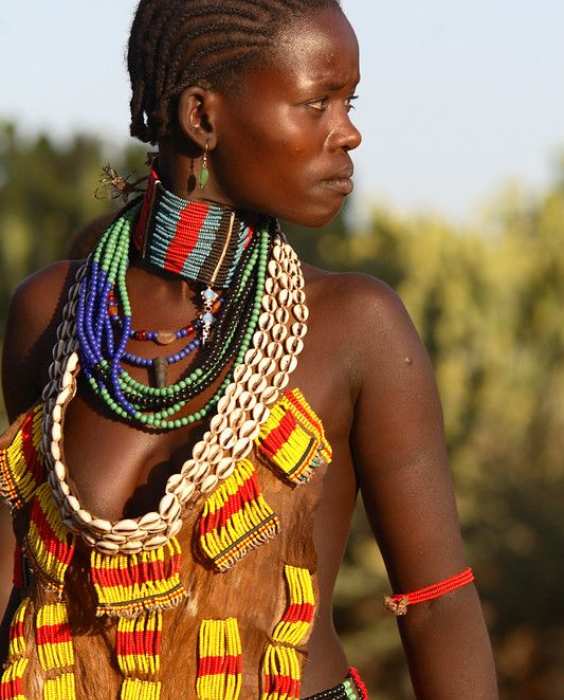
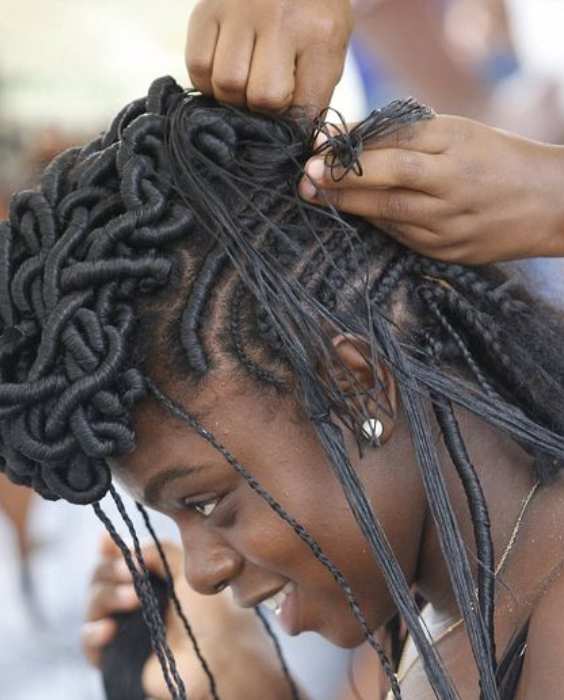
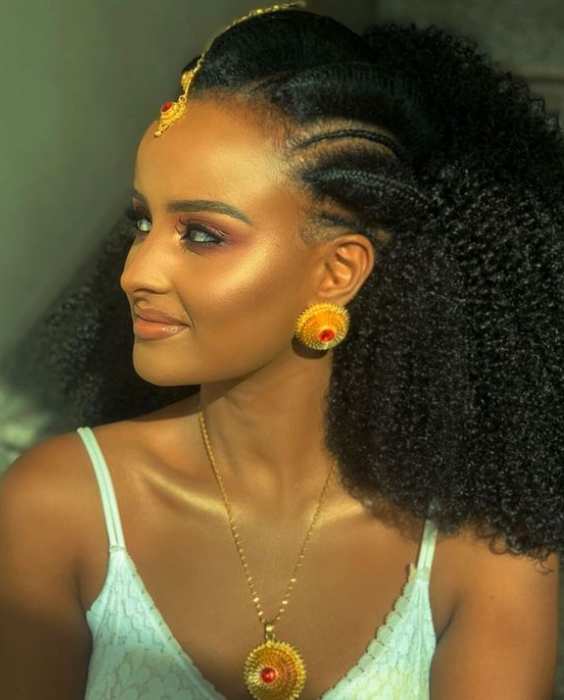
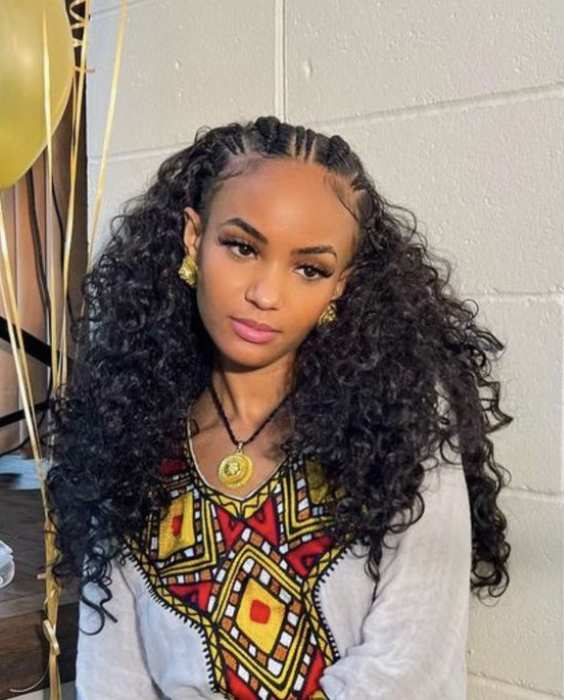
Fulani braids with knotless
When it comes to rocking a trendy hairstyle that also offers maximum comfort, look no further than Fulani braids with knotless. This unique twist on the traditional Fulani braids adds a modern touch while ensuring you stay stylish and comfortable all day long.
Knotless braids are known for their seamless appearance, thanks to the absence of bulky knots at the base of each braid. This technique not only gives your hair a more natural look but also reduces tension on your scalp, making it perfect for those who want to protect their hair without sacrificing style.
A few ideas for Fulani braids with knotless Photos

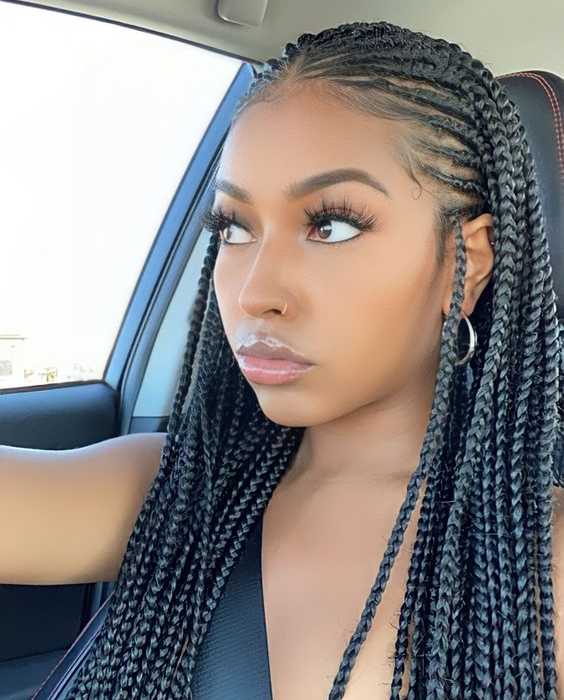
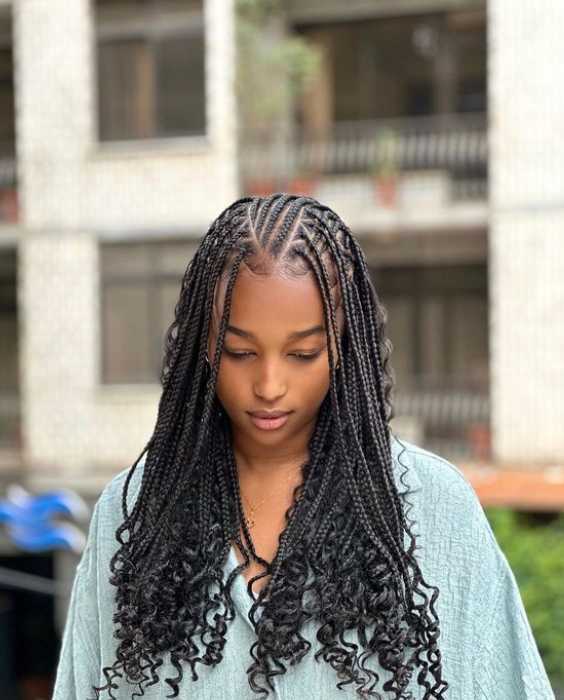

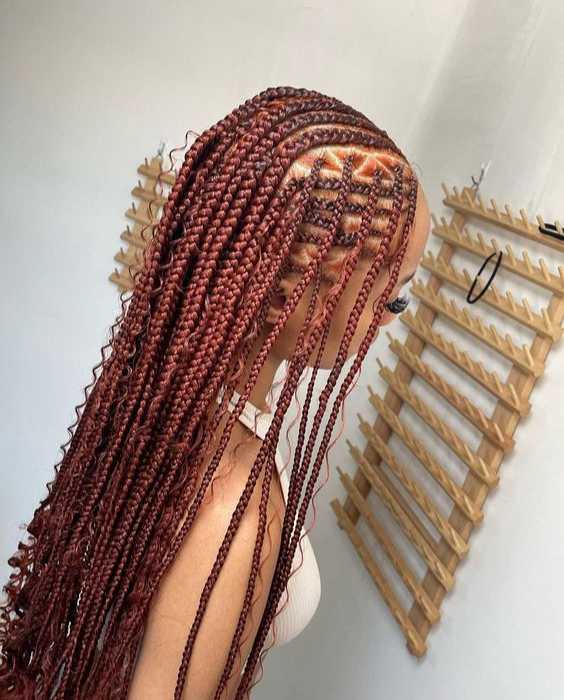
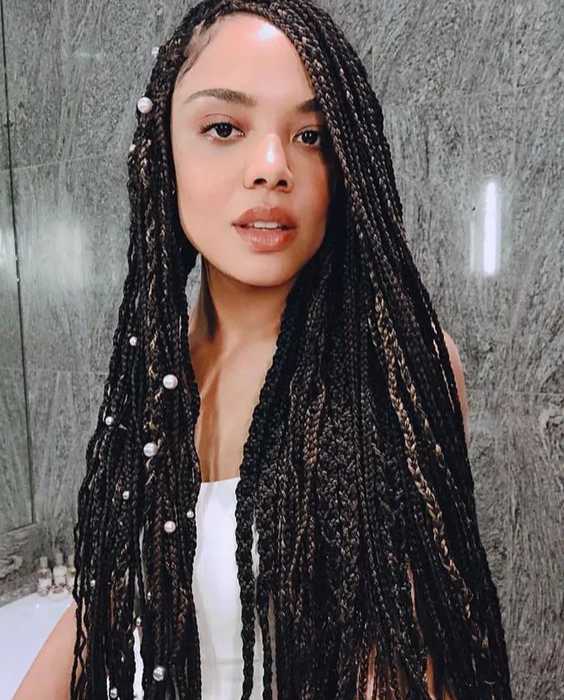
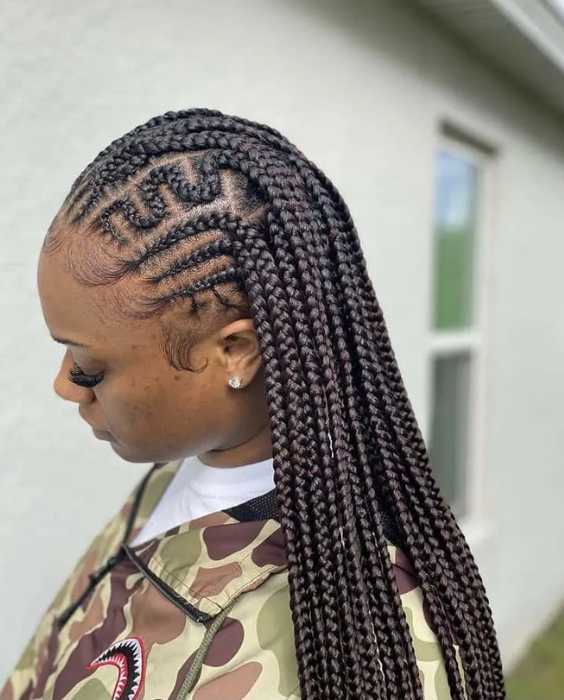
Blonde Fulani braids
Blonde Fulani braids are a stunning and trendy hairstyle that adds a touch of glamour to any look. Whether you’re attending a special event or just want to switch up your everyday style, these braids are sure to turn heads.
The beauty of blonde Fulani braids lies in their versatility. You can opt for thin or thick braids, depending on your preference and hair type. The blonde color adds an extra element of sophistication, making you feel like a true diva.
A few ideas for Blonde Fulani Braids with Photos
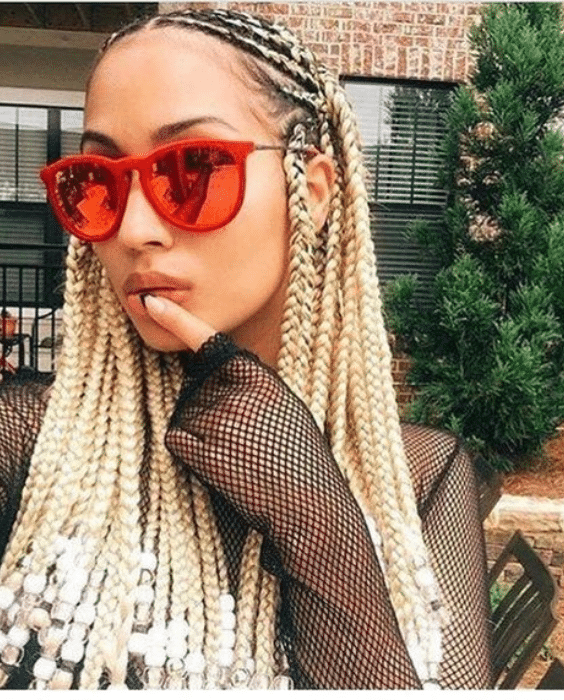
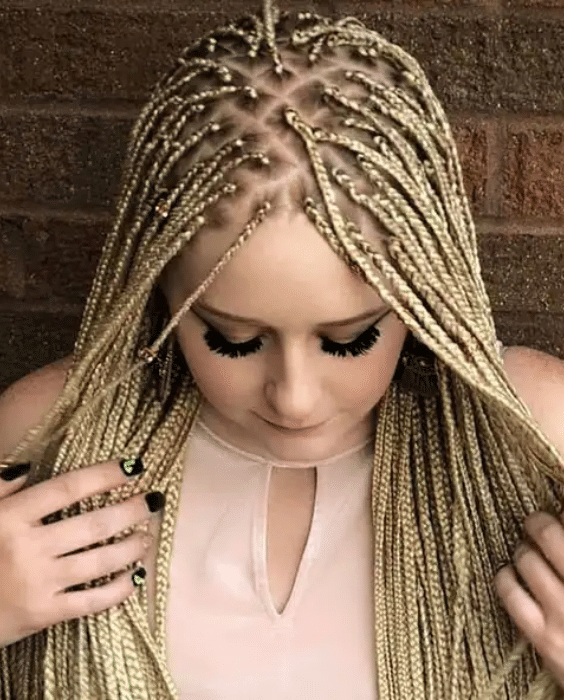
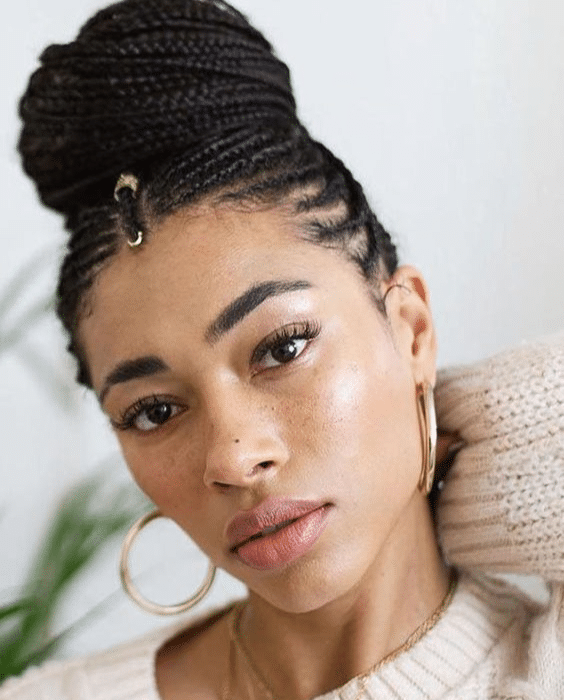


Fulani Braids for Men
Yes, you read that right Fulani Braids for Men! Fulani braids are not just for women, they also look amazing on men. In recent years, there has been a growing trend of men embracing this traditional African hairstyle and rocking it with confidence.
Men who choose to wear Fulani braids often opt for a more masculine version of the style. They may go for thicker braids or add their own unique twist to make it truly their own. Some men even incorporate beads or other accessories into their braided hairstyles, adding an extra touch of flair.
A few ideas for Fulani Braids for Men with Photos

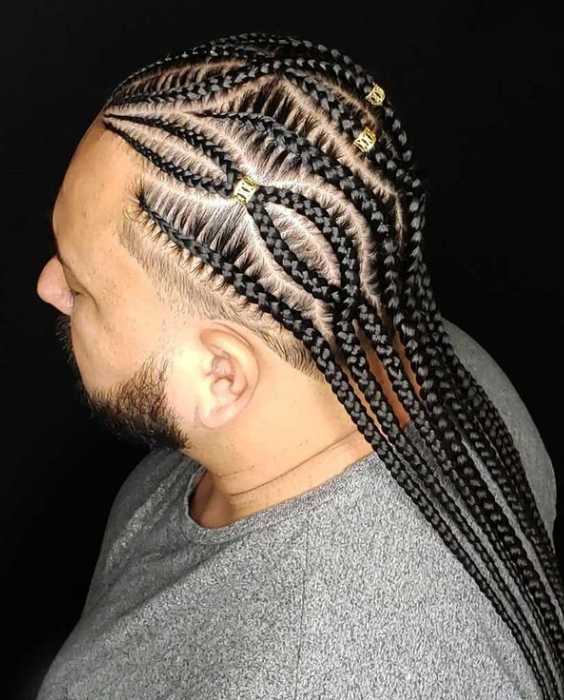

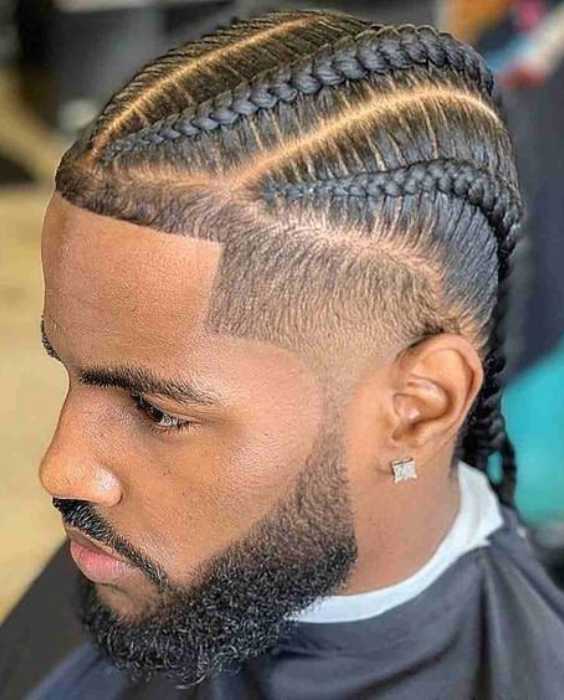
Celebrities Rocking Fulani Braids
When it comes to setting trends and inspiring new hairstyles, celebrities are always at the forefront. And lately, one particular hairstyle that has been gaining a lot of attention is Fulani braids. Many famous faces have been seen rocking this trendy look, adding their own unique flair to the style.
Beyoncé
One celebrity who has embraced Fulani braids is singer and actress Beyoncé. Known for her bold fashion choices, she effortlessly pulls off this chic hairstyle. Whether she’s wearing her braids sleek and straight or styled into an intricate updo, Beyoncé proves that Fulani braids can be versatile and glamorous.
Zendaya
Another star who has sported Fulani braids with confidence is actress Zendaya. She often showcases different variations of the style, from thin cornrows adorned with beads to thicker plaits accessorized with gold cuffs. Zendaya’s fearless approach to hair inspires others to experiment and embrace their own individuality through their hairstyles.
Cardi B
Rapper Cardi B is another celebrity who loves experimenting with her hair, including trying out various styles of Fulani braids. From long waist-length braids to shorter bob-like versions, Cardi B constantly keeps us guessing what look she will rock next.
FAQs About Fulani Braids
What are Fulani Braids?
Fulani Braids, also known as Fulani Cornrows or Tribal Braids, are a traditional African hairstyle characterized by intricate, narrow, and raised braids that are braided close to the scalp. They often feature decorative elements such as beads, shells, or colorful threads.
Where did Fulani Braids originate?
Fulani Braids originated with the Fulani people, a nomadic ethnic group primarily found in West Africa, particularly in countries like Mali, Senegal, Guinea, and Nigeria.
Are Fulani Braids only for women?
No, Fulani Braids are not limited to women; men can also wear them. However, they are more commonly associated with women.
How long does it take to get Fulani Braids done?
The time it takes to complete Fulani Braids varies depending on factors such as the complexity of the style, the skill of the braider, and the length of your natural hair. It can take anywhere from 2 to 6 hours or more.
What type of hair is best suited for Fulani Braids?
Fulani Braids can be done on various hair types, but they are often easier to create on natural hair with some length and texture.
Can I wash my Fulani Braids?
Yes, you can wash Fulani Braids, but it’s essential to be gentle and use a sulfate-free shampoo to prevent frizz and maintain the integrity of the braids.
Do Fulani Braids damage natural hair?
When done correctly and cared for properly, Fulani Braids should not damage natural hair. However, overly tight braiding or neglecting to care for your natural hair underneath can lead to damage.
Are there different styles of Fulani Braids?
Yes, there are various styles of Fulani Braids, including single braids, double braids, and unique patterns and designs that can be customized to your preference.
What accessories can be added to Fulani Braids?
Accessories commonly added to Fulani Braids include beads, cowrie shells, and colorful threads. These embellishments enhance the overall look and can be tailored to your style.
Can Fulani Braids be worn for formal occasions?
Yes, Fulani Braids can be worn for formal occasions, as they can be styled elegantly and adorned with decorative elements.
Are Fulani Braids a protective hairstyle?
Yes, Fulani Braids can serve as a protective hairstyle by keeping your natural hair neatly braided and shielded from environmental factors that can cause damage.
How do I care for my scalp while wearing Fulani Braids?
To care for your scalp, apply a lightweight oil or moisturizer to prevent dryness and itching. Avoid heavy products that may build up on the scalp.
Can I color my Fulani Braids?
Yes, you can add color to Fulani Braids using hair extensions or temporary dyes. Consult a professional stylist for safe coloring options.
Are Fulani Braids easy to maintain?
Fulani Braids are relatively low-maintenance, but regular care, such as washing, moisturizing, and retouching loose braids, is necessary to keep them looking fresh.
How often should I redo my Fulani Braids?
The frequency of redoing Fulani Braids depends on factors like hair growth and your desired look. Typically, they can last several weeks to a few months.
What is the cultural significance of Fulani Braids?
Fulani Braids have cultural significance within the Fulani community, where different braid patterns represent various stages of a woman’s life and social status.
Can I sleep comfortably with Fulani Braids?
Yes, you can sleep comfortably with Fulani Braids. Using a satin or silk pillowcase can help prevent friction and frizz.
Are Fulani Braids suitable for children?
Fulani Braids can be worn by children, but it’s important to consider their comfort and ensure that the braids are not too tight.
Can Fulani Braids be worn in extreme weather conditions?
Yes, Fulani Braids are versatile and can be worn in various weather conditions. Protective styles like braids can be particularly helpful in extreme heat or cold.
Are there any specific hair products recommended for Fulani Braids maintenance?
While there are no specific products, it’s advisable to use sulfate-free shampoos, lightweight hair oils, and leave-in conditioners to maintain Fulani Braids and promote healthy hair and scalp.
For More Articles Visit: DesktopFeed

